 Abraham Lincoln
If given the truth, the people can be depended upon to meet any national crisis...
Abraham Lincoln
If given the truth, the people can be depended upon to meet any national crisis...
 Guildford news...
for Guildford people, brought to you by Guildford reporters - Guildford's own news service
Guildford news...
for Guildford people, brought to you by Guildford reporters - Guildford's own news service
Birdwatcher’s Diary No.136
Published on: 28 May, 2017
Updated on: 31 May, 2017
By Malcolm Fincham
It wasn’t until around May 17 that we had our first substantial spell of rain in the Surrey region of the UK. Although only over a period of a few days, it was enough to bring more than half of this month’s average rainfall.
Although it briefly held me back from my passion for wildlife watching and photography, it gave me the opportunity to reflect and to catch up on gathering the backlog of my recent photos.
Breeding season is now well under way and things have been far from moribund. Most of our summer visitors having now arrived have been looking for nest sites.
By May 9, swifts, renown to be one of the last to arrive (and one of first to go back), could be seen flying freely in the sky over Stoughton, with numbers in excess of 20.
Most of our resident birds had already taken ”first dibs” on the most favourable spots to raise their young.
In a tiny crevice in a tree locally, I spotted a tiny face, watching me.
While a pair of blue tits at another location I visited had chosen a less natural home.
At the Riverside Nature Reserve near Burpham newly fledged long-tailed tits could be heard and glimpsed as they discreetly worked their passage through the hedgerow, seeking small grubs and caterpillars to feast on.
A treecreeper made its way up the bark of an oak tree, collecting insects until its little beak could hold no more.
Having flown to its nest site to feed them to its young, it would return to repeat the process.
Along the quieter backwaters of the River Wey a mute swan was nesting.
A moorhen could be seen feeding its chicks.
Two drake mandarin ducks were enjoying the secluded spot, as a female mandarin tucked itself away in the overhanging foliage on the far bank.
A grey wagtail did some hover-flying over the river, catching Mayfly as they hatched.
On Stoke Lake two families of Canada geese had got together, to give added protection to their broods.
Always alert to the sighting of a kingfisher, one flew low across the lake with a small fish in its beak.
A blackcap still in song could be seen and heard by the lake.
As a reed warbler joined in with its ”scratchy” melody.
Accidentally, I also disturbed a grey heron, catching a shot of it as it took flight.
May 13 in the company of Dougal and Bob we went on our annual pilgrimage to Noar Hill near Selbourne in Hampshire.
Despite a cool spring, the season for butterflies was well under way with many of the early species already out on the wing.
Noar Hill was once the site of medieval chalk workings but now a carpet of wild flowers. A perfect home for butterflies.
Including a few rarities such as the Duke of Burgundy.
We found our first one just as we entered through the “kissing” gate, counting more than 20 in our short time there.
They find themselves at home in scrubby calcareous grassland clearings where heir larval food-plants grow.
Primrose and cowslip develop in reasonable abundance in the sheltered but open sunny conditions and where various orchids can also be found.
We also added the sightings of dingy skipper to our ”year lists”. Another butterfly that has declined seriously in recent years.
Several common blues were now out on the wing.
Also adding a few peacock butterflies.
As well as the green-veined whites.
And even a few of the easily recognised green hairstreak, small in size, bright green undersides of the wings, with a faint streak of white spots.
Although too elusive to photograph, at least two garden warblers could be heard singing, joined by a variety other birds, including a common whitethroat.
And that delightful countryside sound of yellowhammers.
Returning to Guildford with some time to spare, we stopped off at Pewley Down. Here we were greeted by more common blue butterflies.
Our target species had also started to come out on the wing – the small blue. This is our smallest resident butterfly with a wing span that can be as little as 16mm.
A surprise sighting was at least two green hairstreak butterflies, the first we had ever seen in this area. On a leaf close by the green hairstreak a pair of ladybirds could be seen mating.
Making the most of the continuing pleasant spell of weather, on May 14 we continued with the butterfly theme, heading off in the direction of West Sussex, stopping off at Fairmile bottom, in Slinden near Arundel.
Chalk grassland is one of our richest natural habitats. About 80% has been lost in the last 60 years within the UK, so this is an important site.
It is rich in flowers, including scented wild herbs such as basil, thyme and marjoram. Various orchid species can been found, including bee, pyramidal and fly. Other colourful flora include small scabious and delicate nodding harebells.
Too early in the year to see much of the delightful flora and fauna there, we headed up the slope towards Rewell Wood.
Having photographed small pearl-boarded fritillaries on my many visits to the Highlands of Scotland in previous years, I had never seen the similar looking pearl-boardered. Once very widespread, it has declined rapidly in recent decades, and now highly under threat in England and Wales.
The window of opportunity was in our favour. Having known of the site for several years but not had the chance of a visit, we were able to view these fine specimens, just out on the wing and in good condition.
Having done some research and trusting our luck, we then headed in the direction of Shoreham in West Sussex, to Beeding Hill. This was in the hope of seeing another species of butterfly now rapidly becoming a rarity in the UK, the wall brown.
Once found throughout UK, today, however, is a very different picture. The wall brown has been in serious decline across inland parts of its range during recent years and is now a rare butterfly away from the coast. It relies on sensitive grassland, moor and dune habitats that are disappearing from our countryside.
Wildlife trusts are working closely with farmers, landowners and developers to promote wildlife-friendly practices of habitats and wildlife corridors across town and country. I hadn’t anticipated such a steep walk down from the car park into Anchor Bottom. As exhausting as it was to get back up the hill, it turned out to be a worthy venture.
Although only sighting a few wall browns, I got my photos. On closer inspection, we realised what we thought was one, was in fact two mating.
Common blues could be found throughout the grassland, some of which had started to mate.
Following days saw the weather deteriorate. Watching a peregrine return to its nest site deep in the Surrey Hills, gave me some concern for its welfare, as it returned to a chalk cliff drenched and bedraggled by the rain.
Adult peregrines are quite resilient, however, and with dry weather returning in the days that followed, I was pleased to see it back in action, returning with a not so well looking pigeon for its lunch.
Sunny days and rising temperatures toward the end of May set me back out on patrol.
Swallows seen mating and building their nests, inspired me to continue to my plight and get more opportunist photos before May was out. And plenty of other wildlife critters, ready to enter into my next report.
Responses to Birdwatcher’s Diary No.136
Leave a Comment Cancel replyPlease see our comments policy. All comments are moderated and may take time to appear. Full names, or at least initial and surname, must be given.
Recent Articles
- Burglar Jailed Thanks To Quick Action of Ash Resident
- Highways Bulletin for December
- Birdwatcher’s Diary No.318 Some Pre-Christmas Rambles
- Merry Christmas and a Happy New Year to All Our Contributors and Readers!
- More Units Added to Solums’s Station Redevelopment
- Vehicle Stop on Epsom Road Leads to Prolific Drug Gang Being Put Behind Bars
- Local Political Leaders Respond to Publication of the English Devolution White Paper
- Flashback: Guildford All Lit Up For Christmas – Then And Now
- City Earn Themselves a Three Point Christmas Present
- Mayor’s Diary: December 23 – January 4


Recent Comments
- Jim Allen on Two Unitary Authorities, One Elected Mayor – Most Likely Devolution Outcome for Surrey
- Mike Smith on Two Unitary Authorities, One Elected Mayor – Most Likely Devolution Outcome for Surrey
- Angela Richardson on Two Unitary Authorities, One Elected Mayor – Most Likely Devolution Outcome for Surrey
- Frank Emery on Two Unitary Authorities, One Elected Mayor – Most Likely Devolution Outcome for Surrey
- Paul Kennedy on Two Unitary Authorities, One Elected Mayor – Most Likely Devolution Outcome for Surrey
- Alan Judge on Dumped E-bike Provokes Questions
Search in Site
Media Gallery
Dragon Interview: Local Artist Leaves Her Mark At One of England’s Most Historic Buildings
January 21, 2023 / No Comment / Read MoreDragon Interview: Lib Dem Planning Chair: ‘Current Policy Doesn’t Work for Local People’
January 19, 2023 / No Comment / Read MoreA3 Tunnel in Guildford ‘Necessary’ for New Homes, Says Guildford’s MP
January 10, 2023 / No Comment / Read More‘Madness’ for London Road Scheme to Go Ahead Against ‘Huge Opposition’, Says SCC Leader
January 6, 2023 / No Comment / Read MoreCouncillor’s Son Starts Campaign for More Consultation on North Street Plan
December 30, 2022 / No Comment / Read MoreCounty Council Climbs Down Over London Road Works – Further ‘Engagement’ Period Announced
December 14, 2022 / No Comment / Read MoreDragon Interview: GBC Reaction to the Government’s Expected Decision to Relax Housing Targets
December 7, 2022 / No Comment / Read MoreHow Can Our Town Centre Businesses Recover? Watch the Shop Front Debate
May 18, 2020 / No Comment / Read More



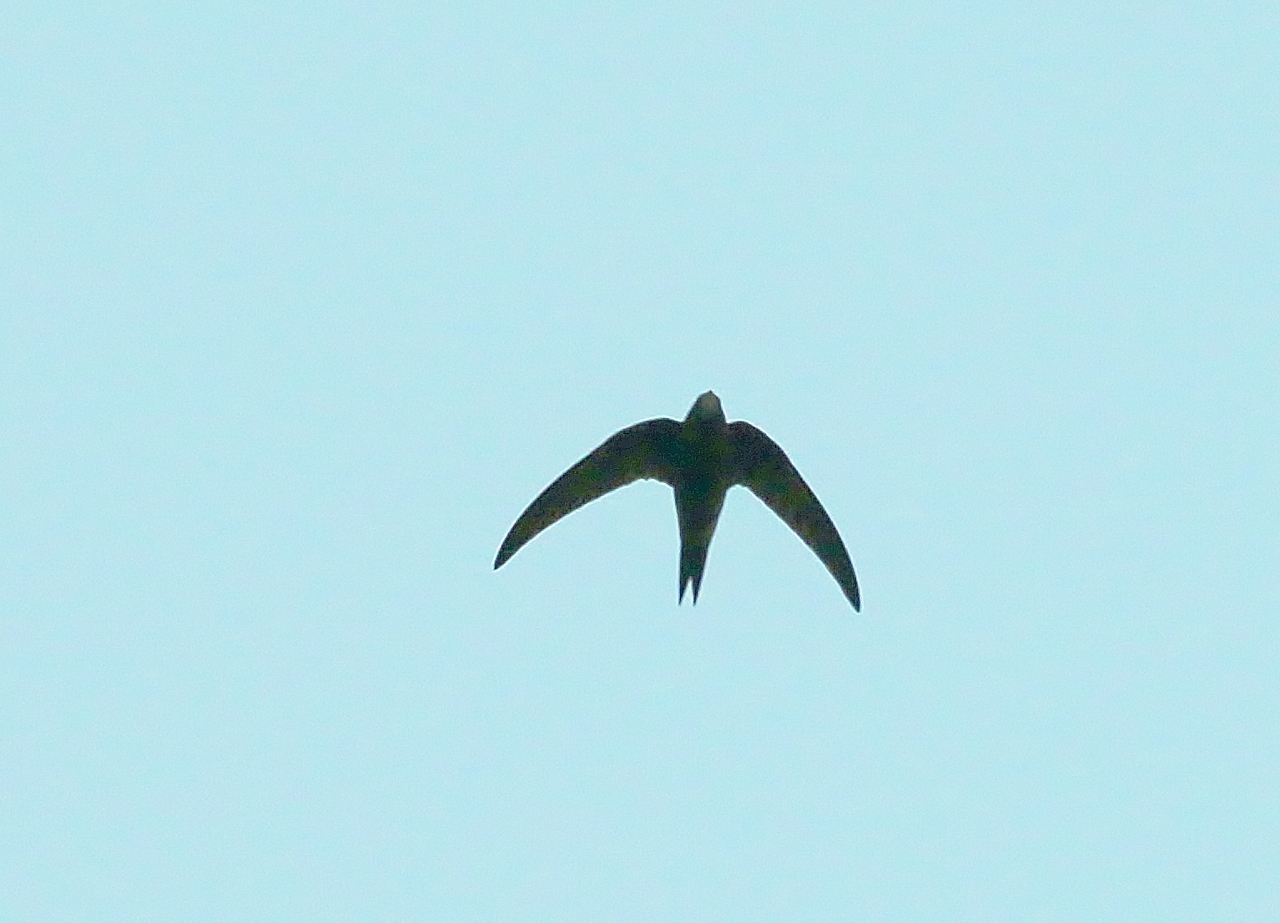
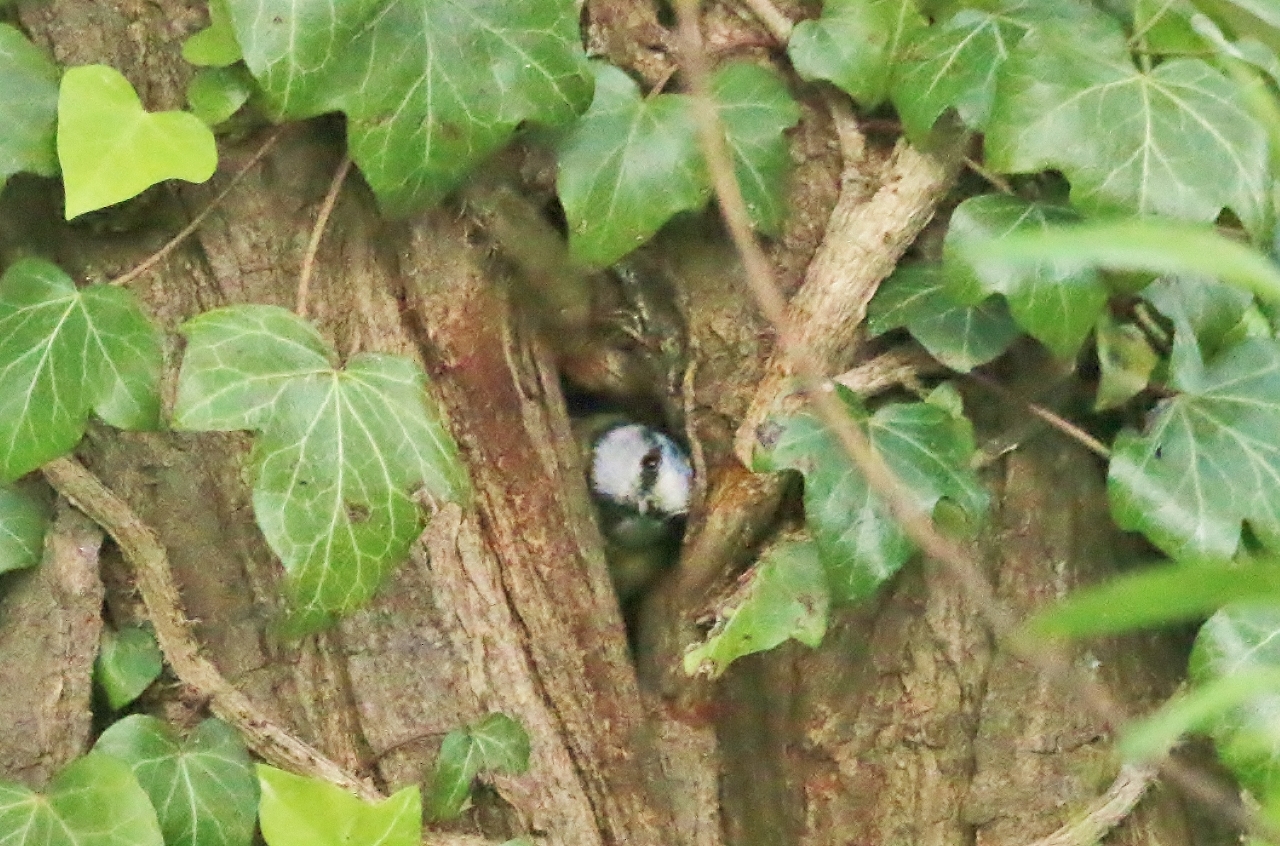

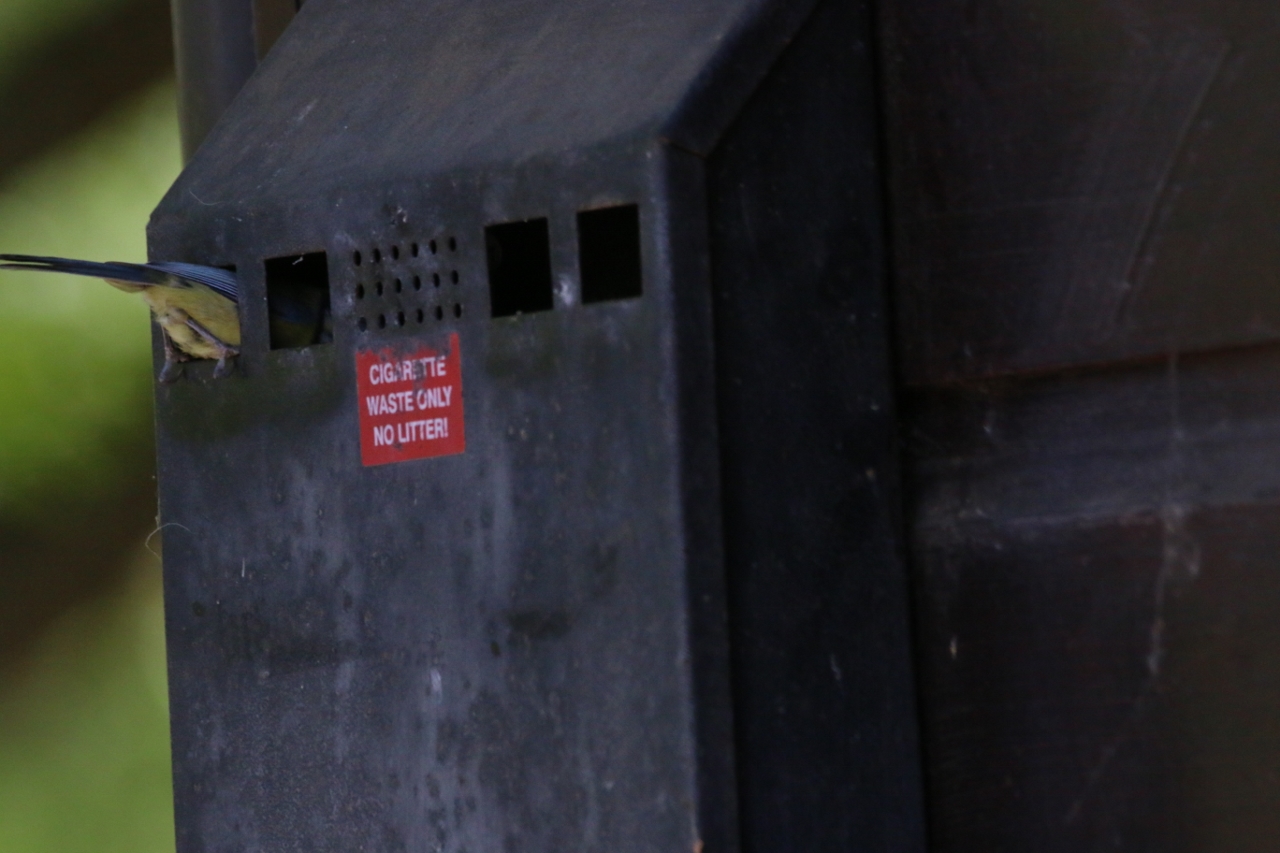
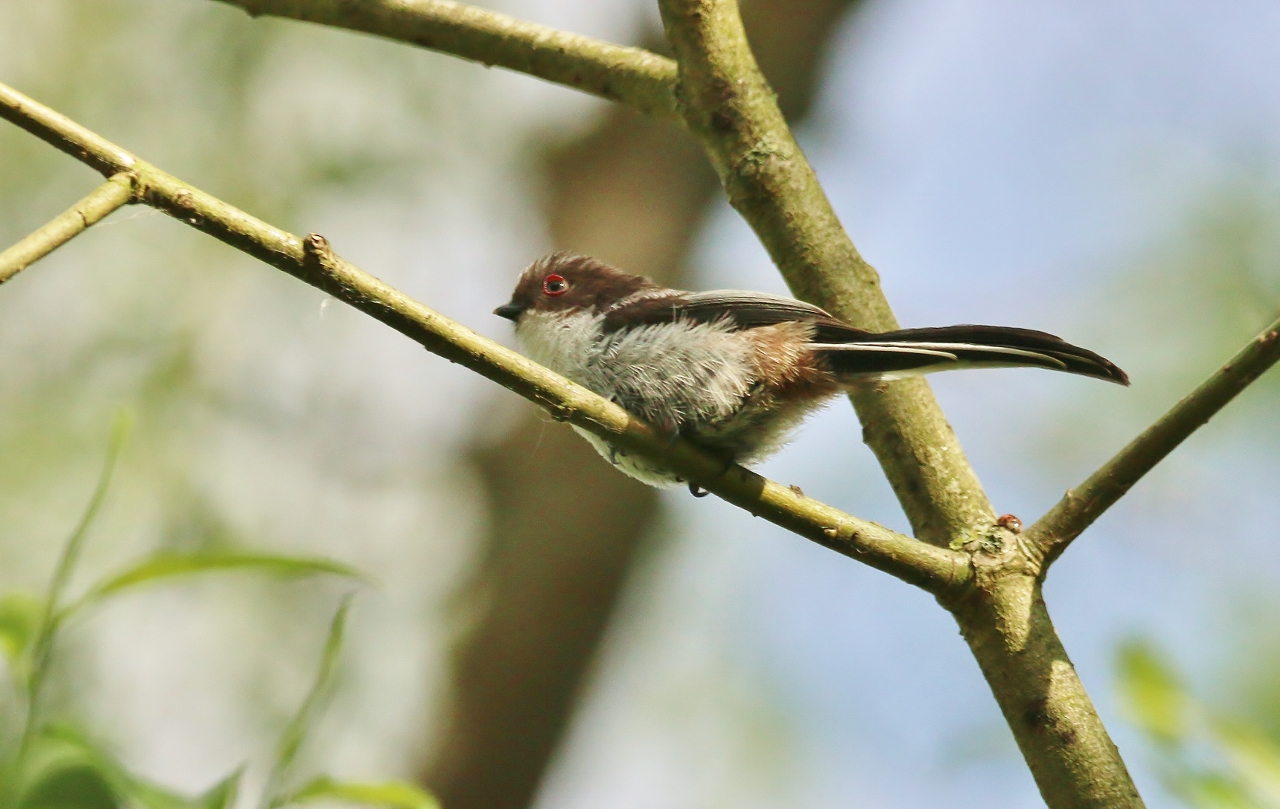
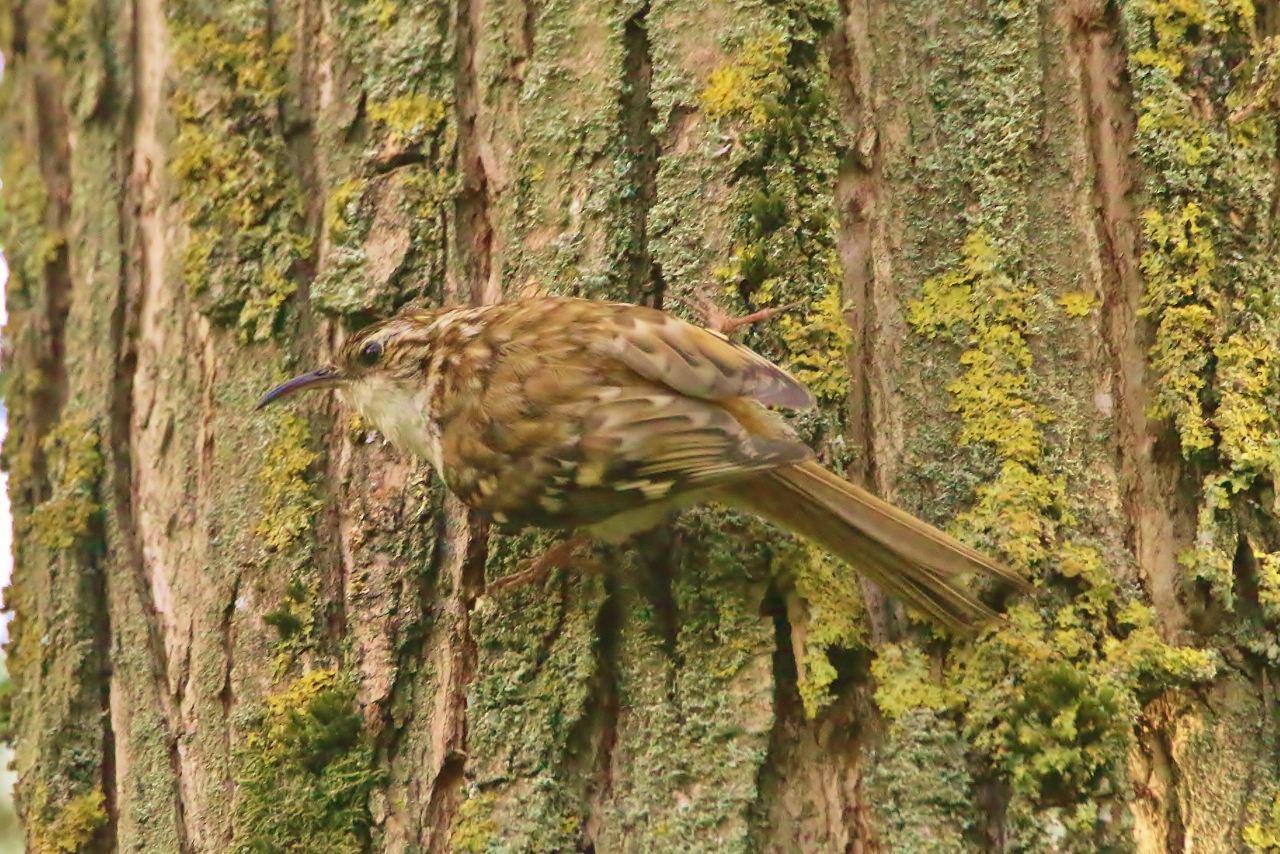


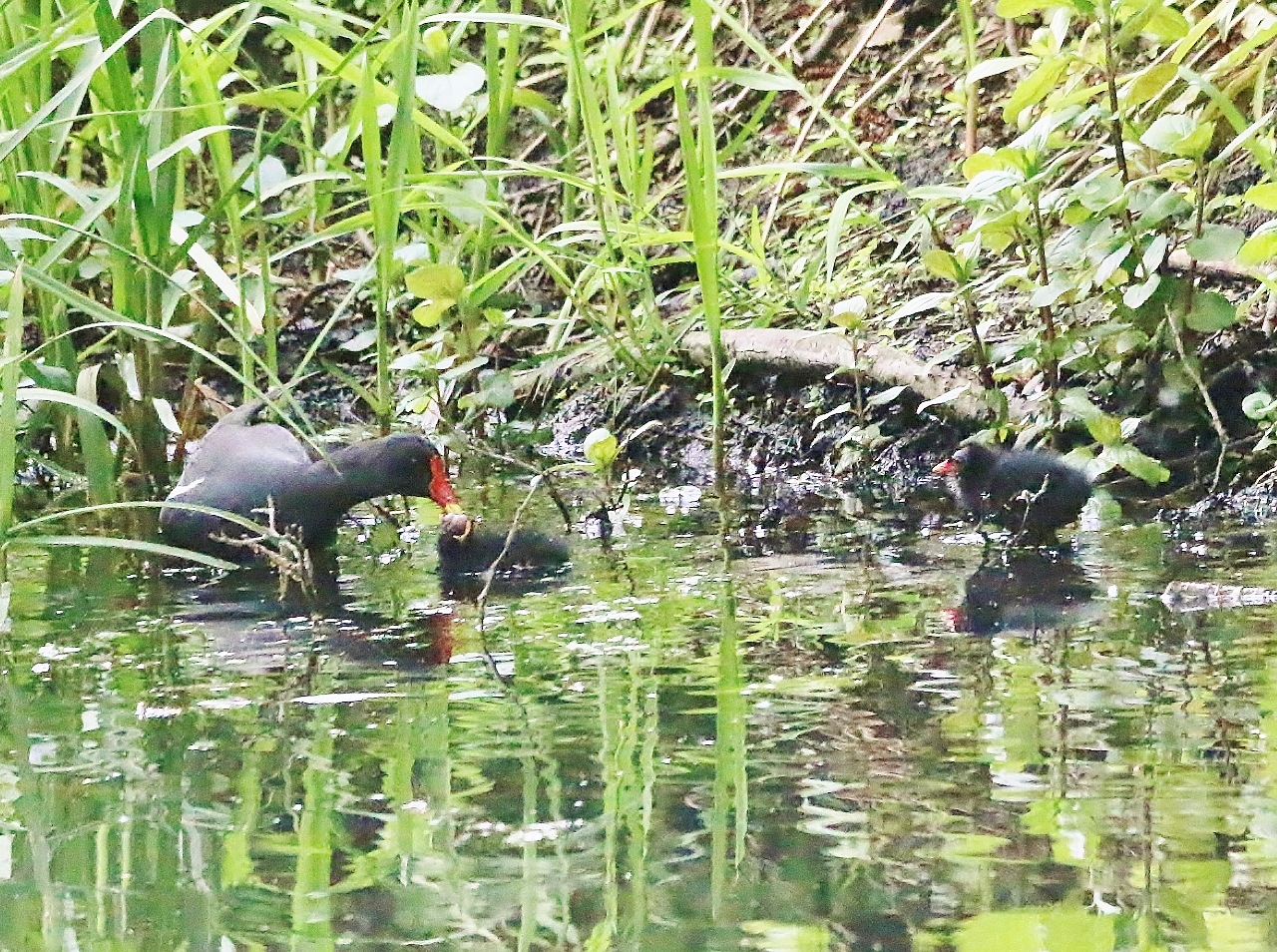
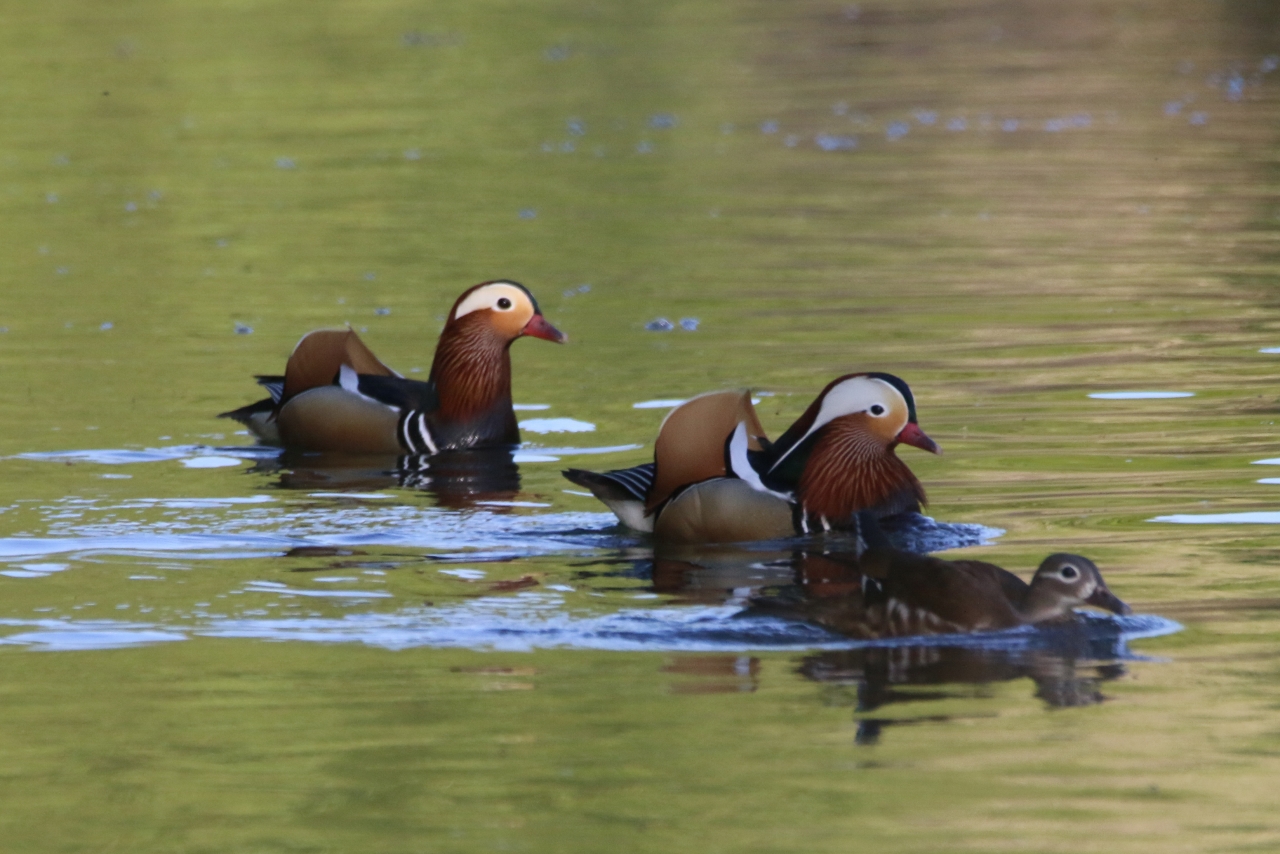
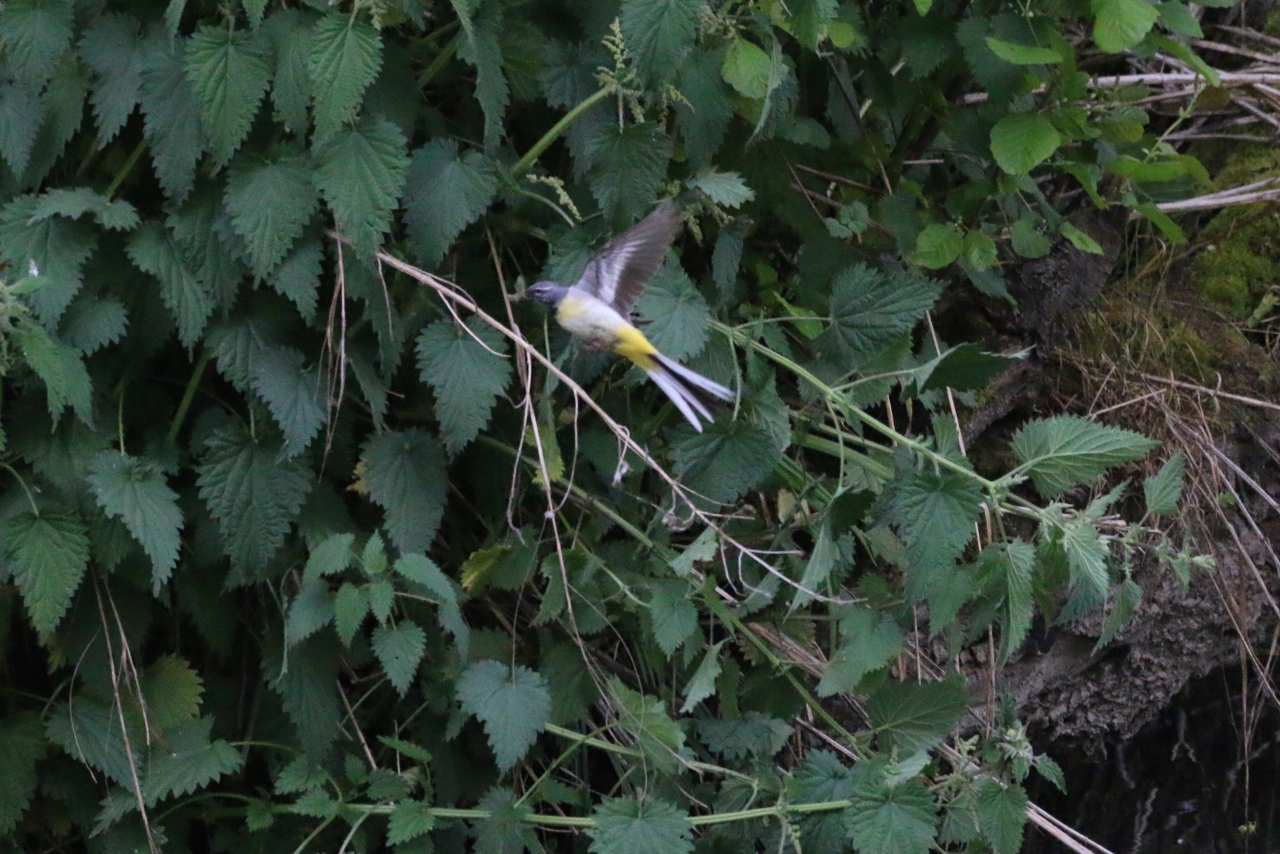

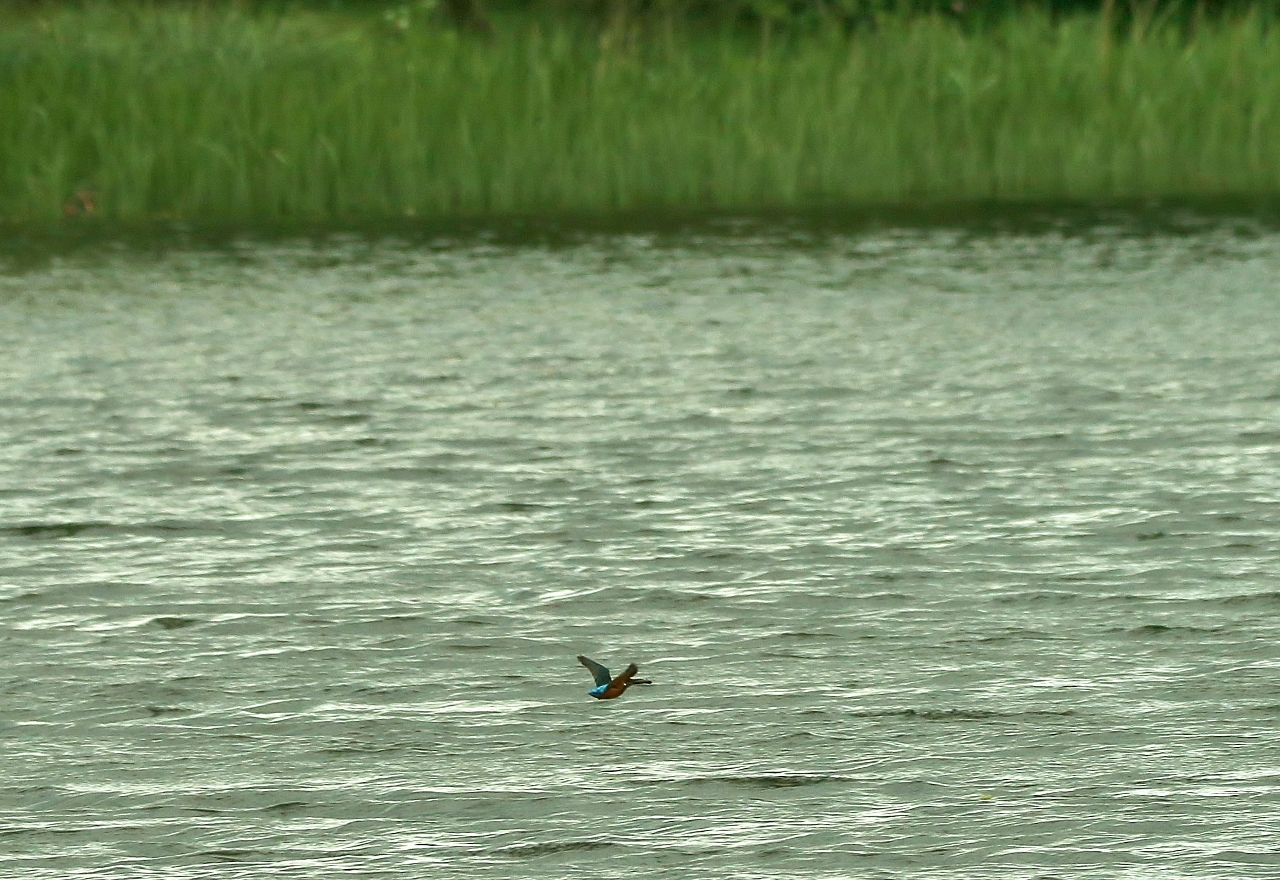
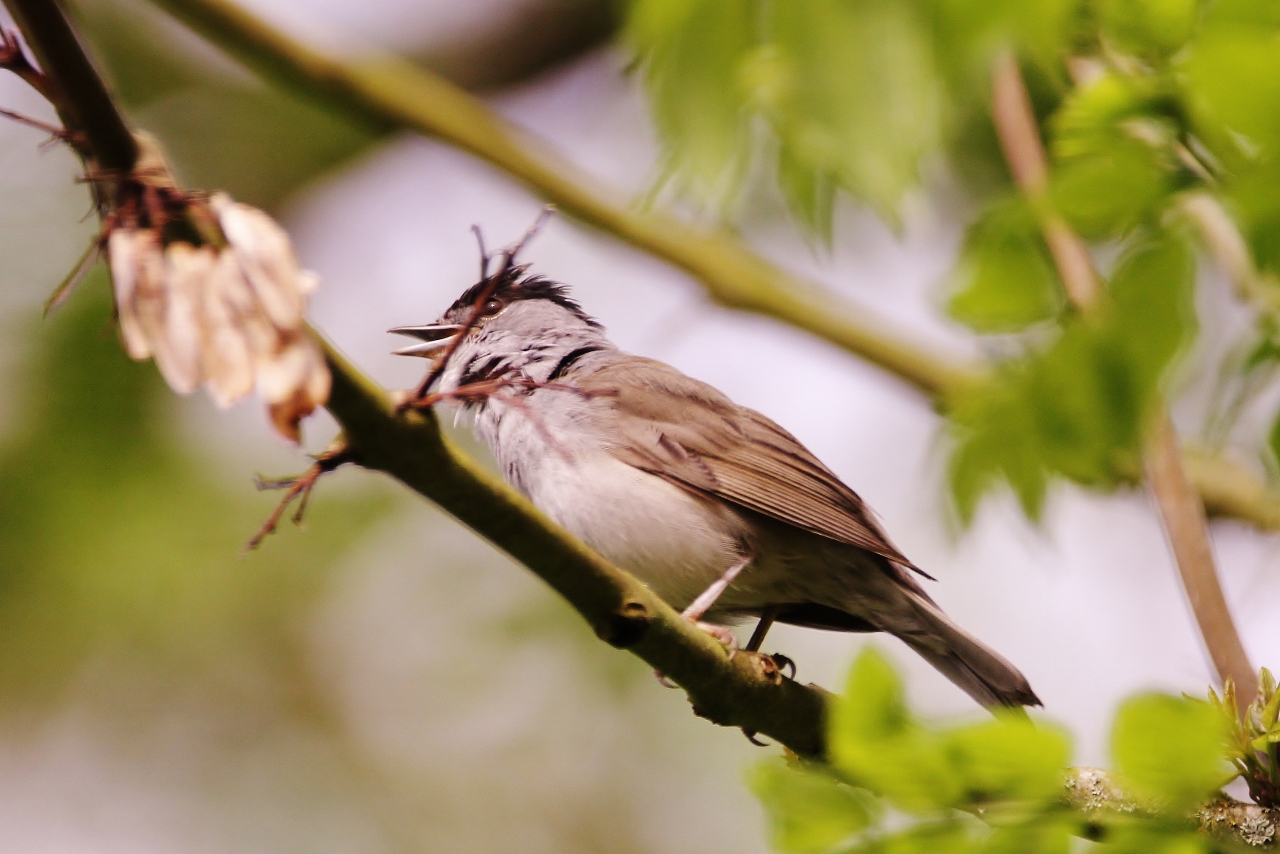
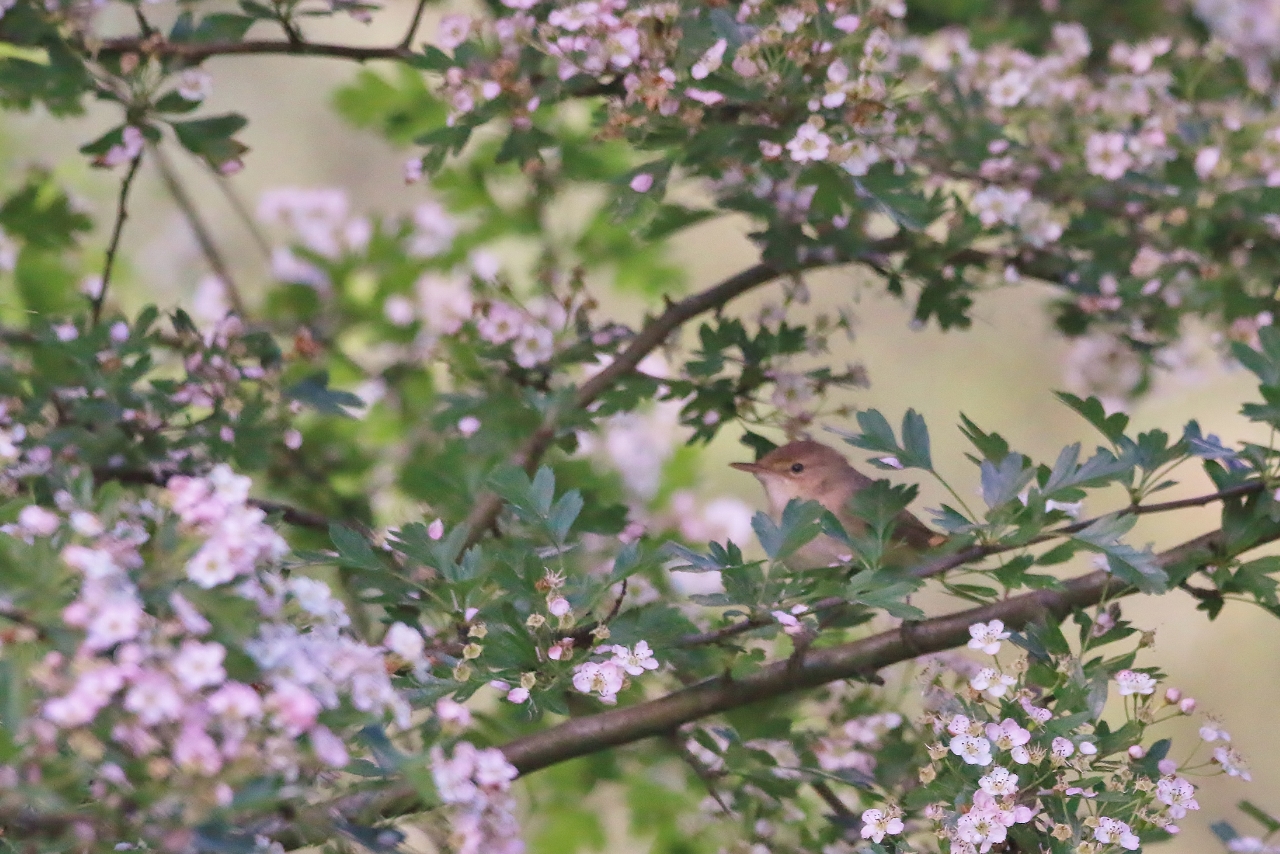
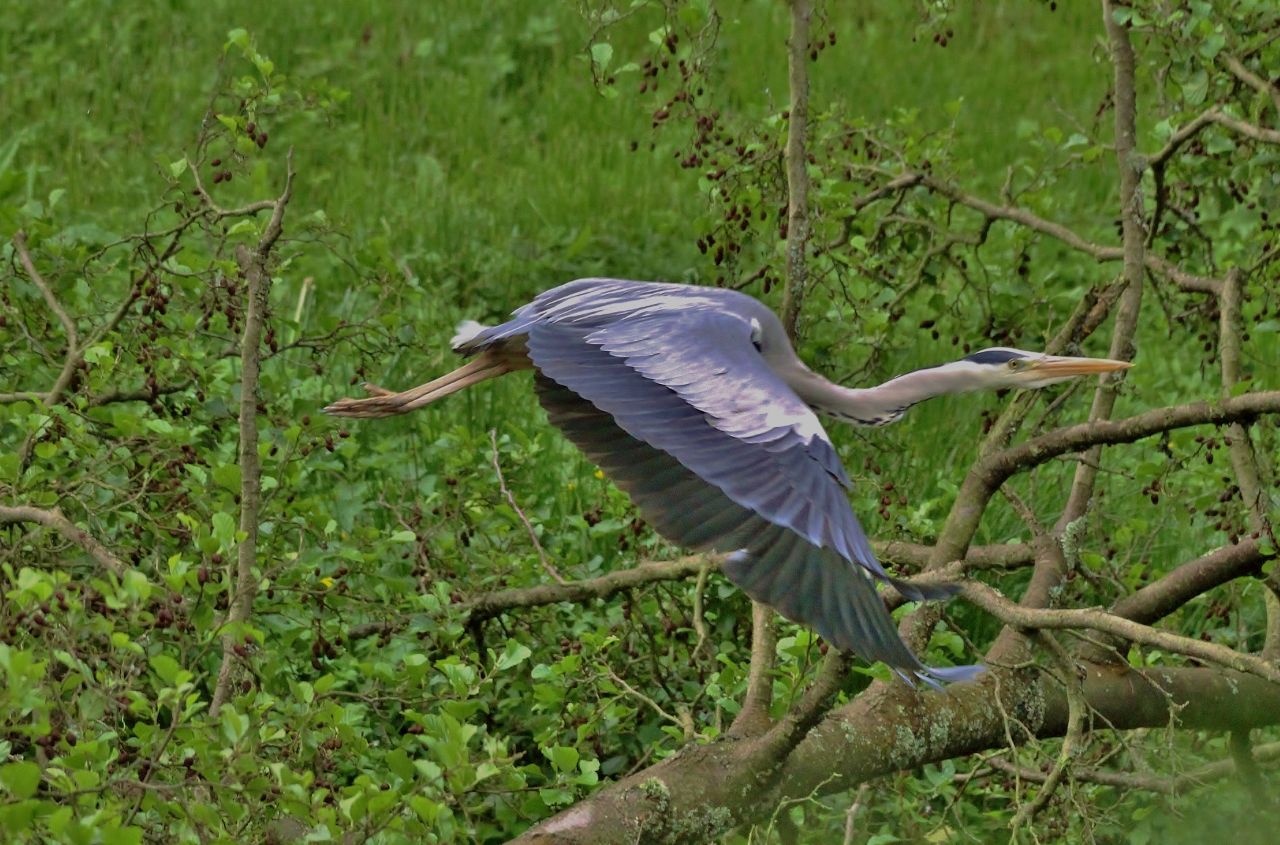
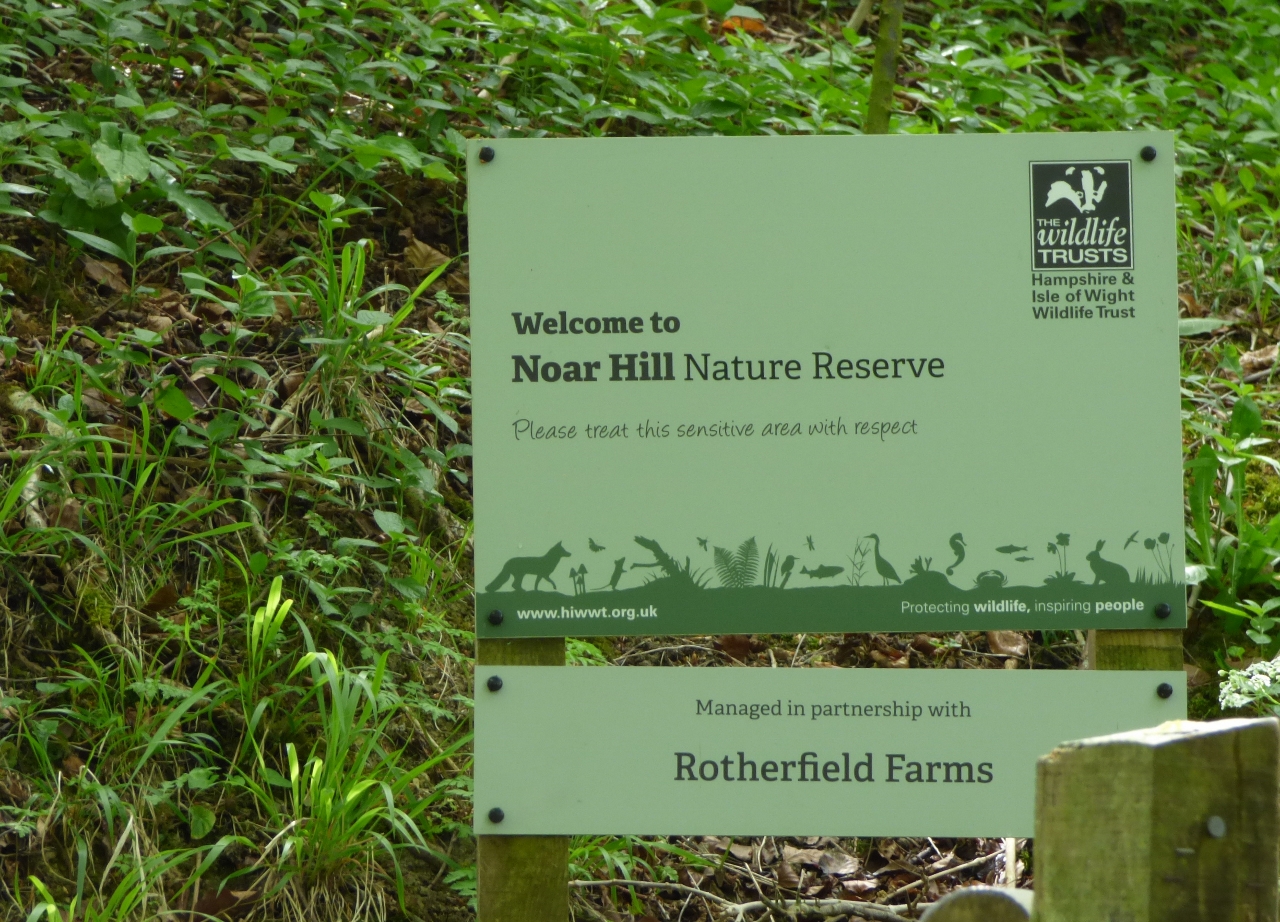
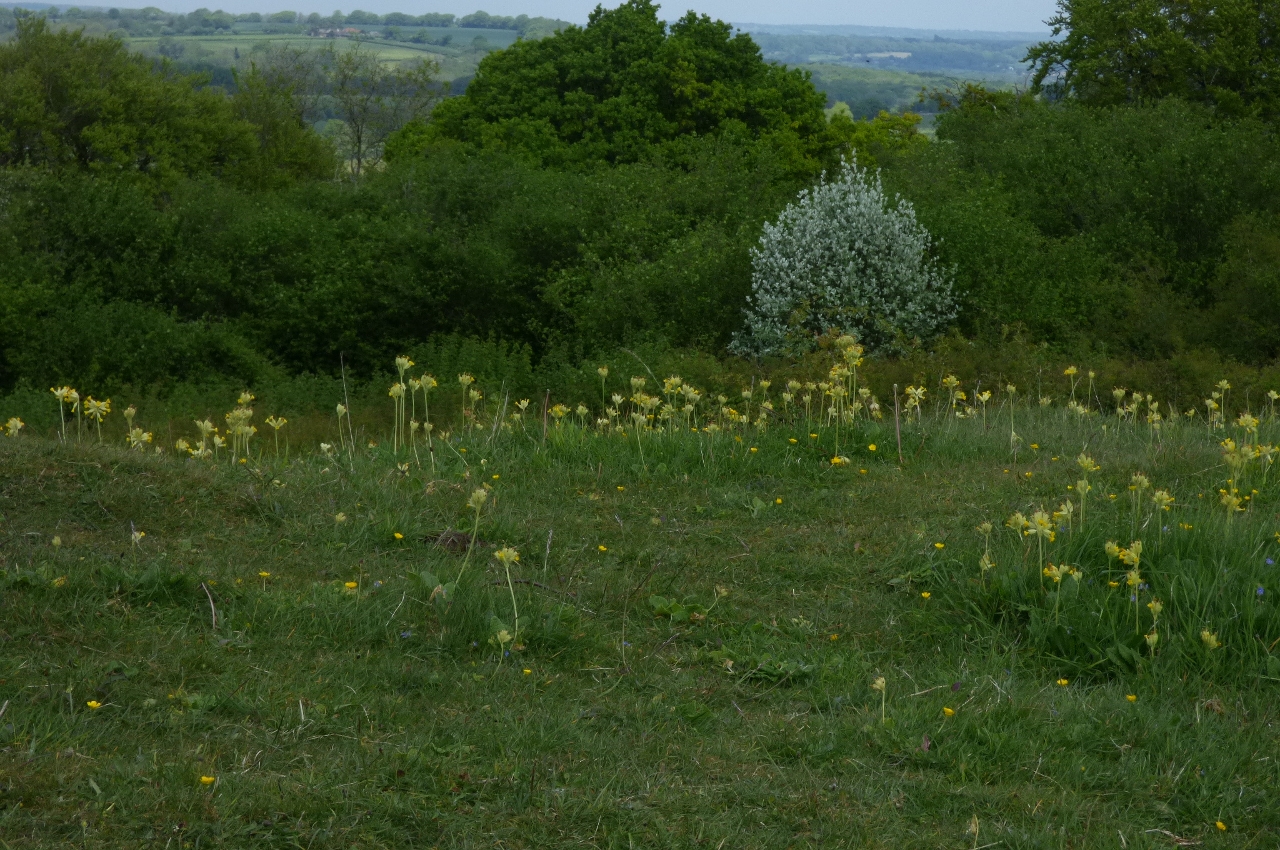
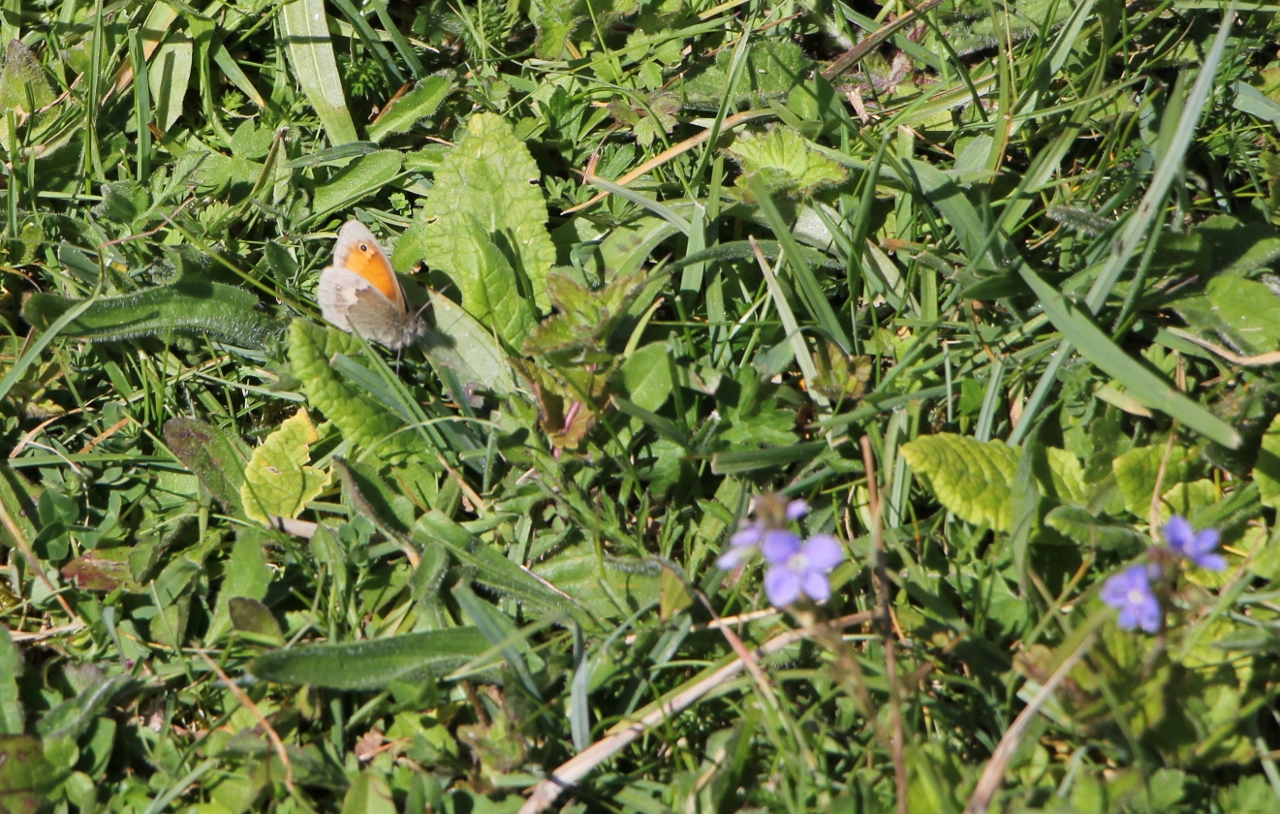
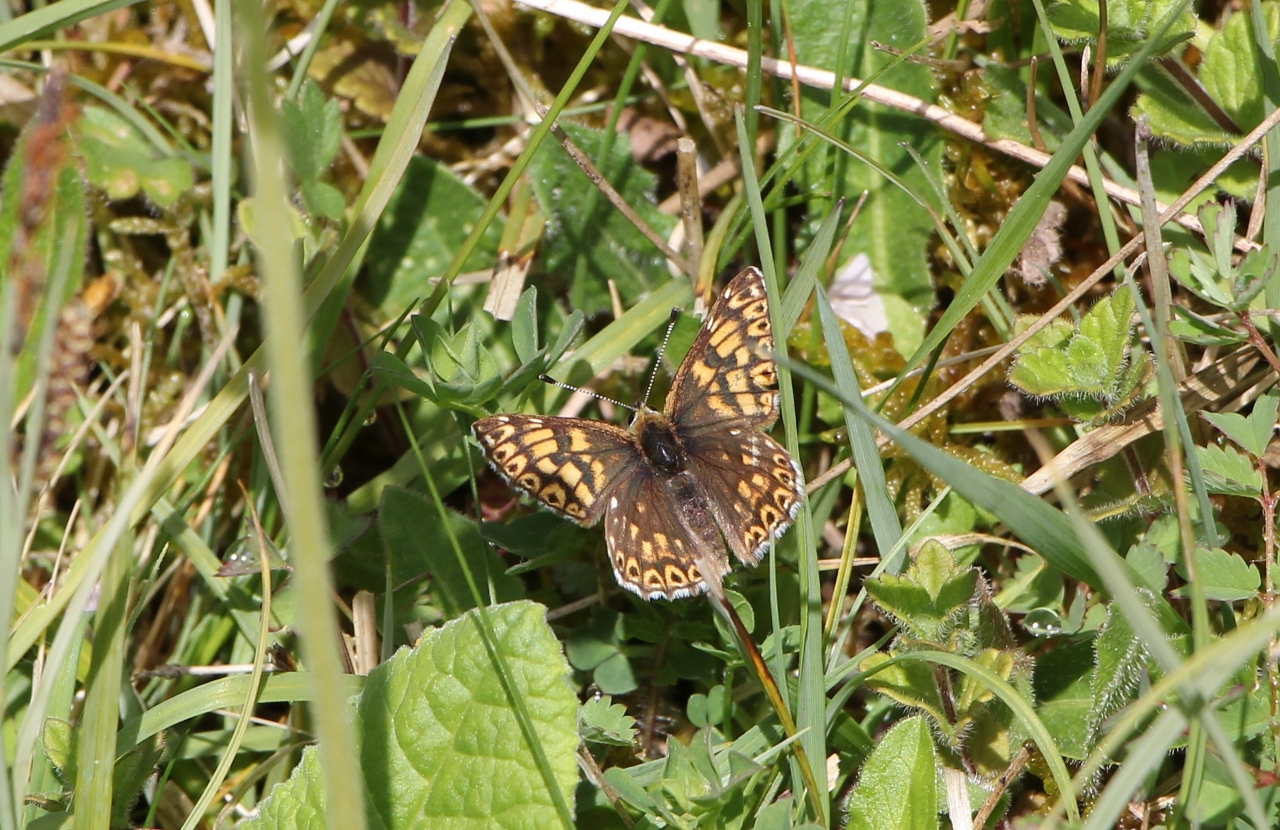
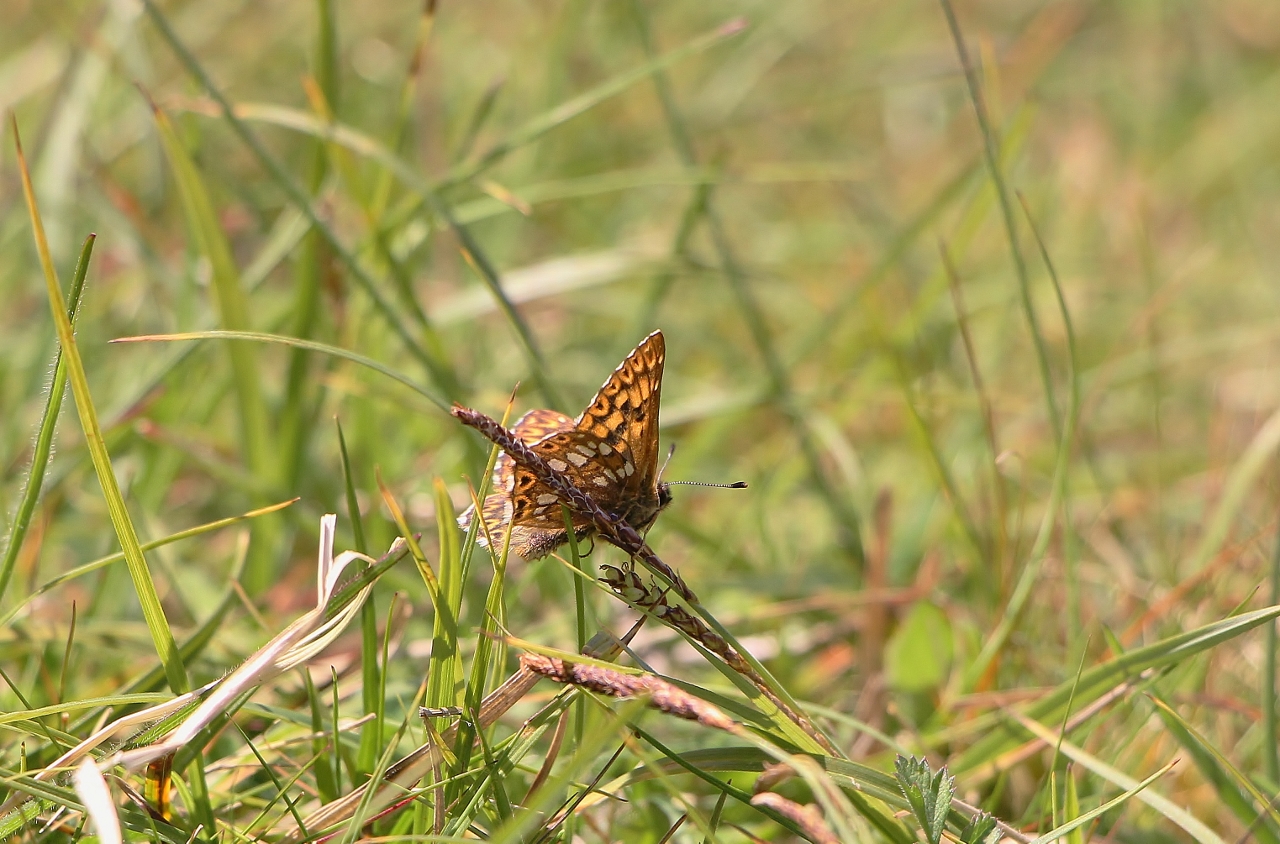
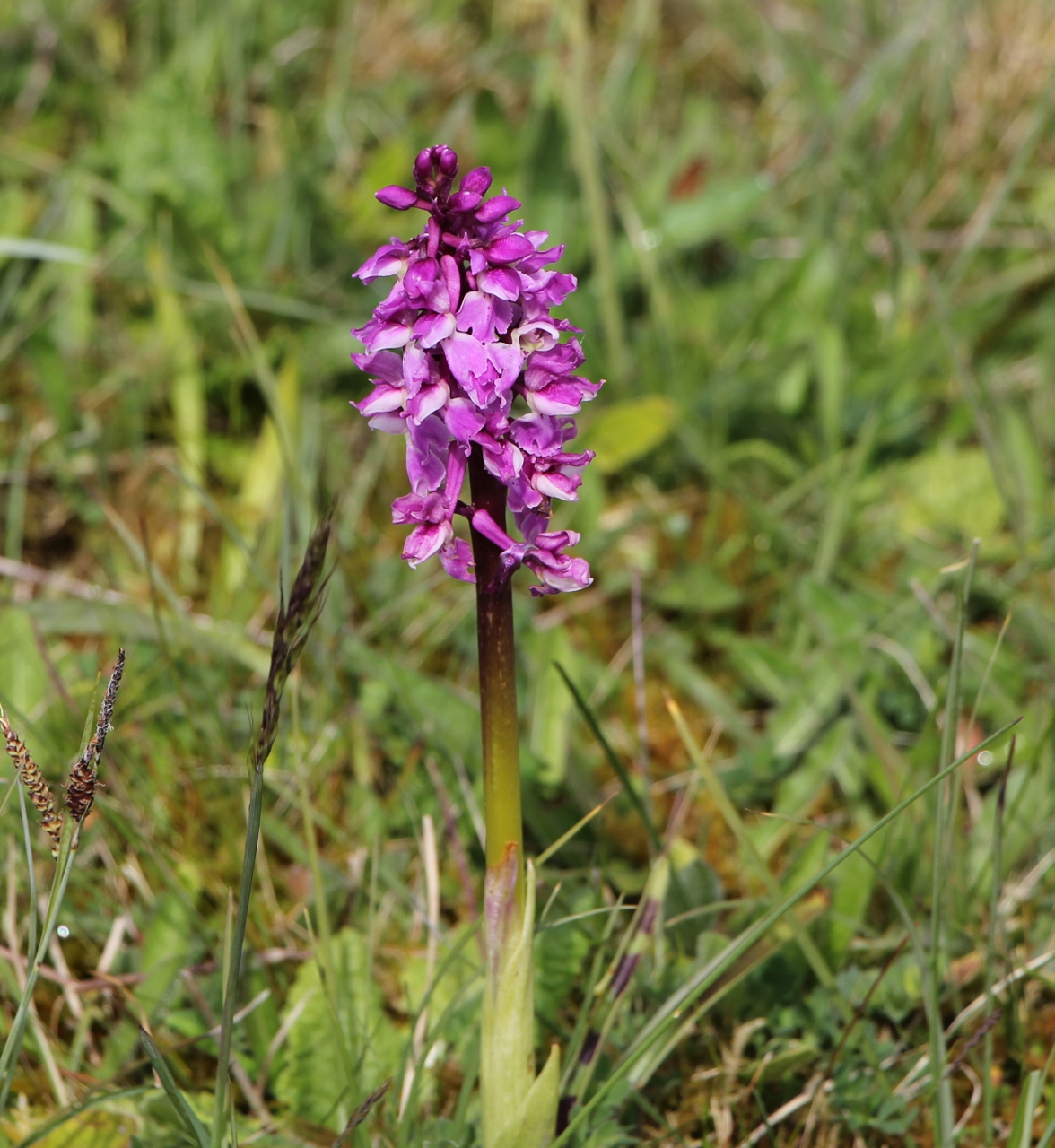
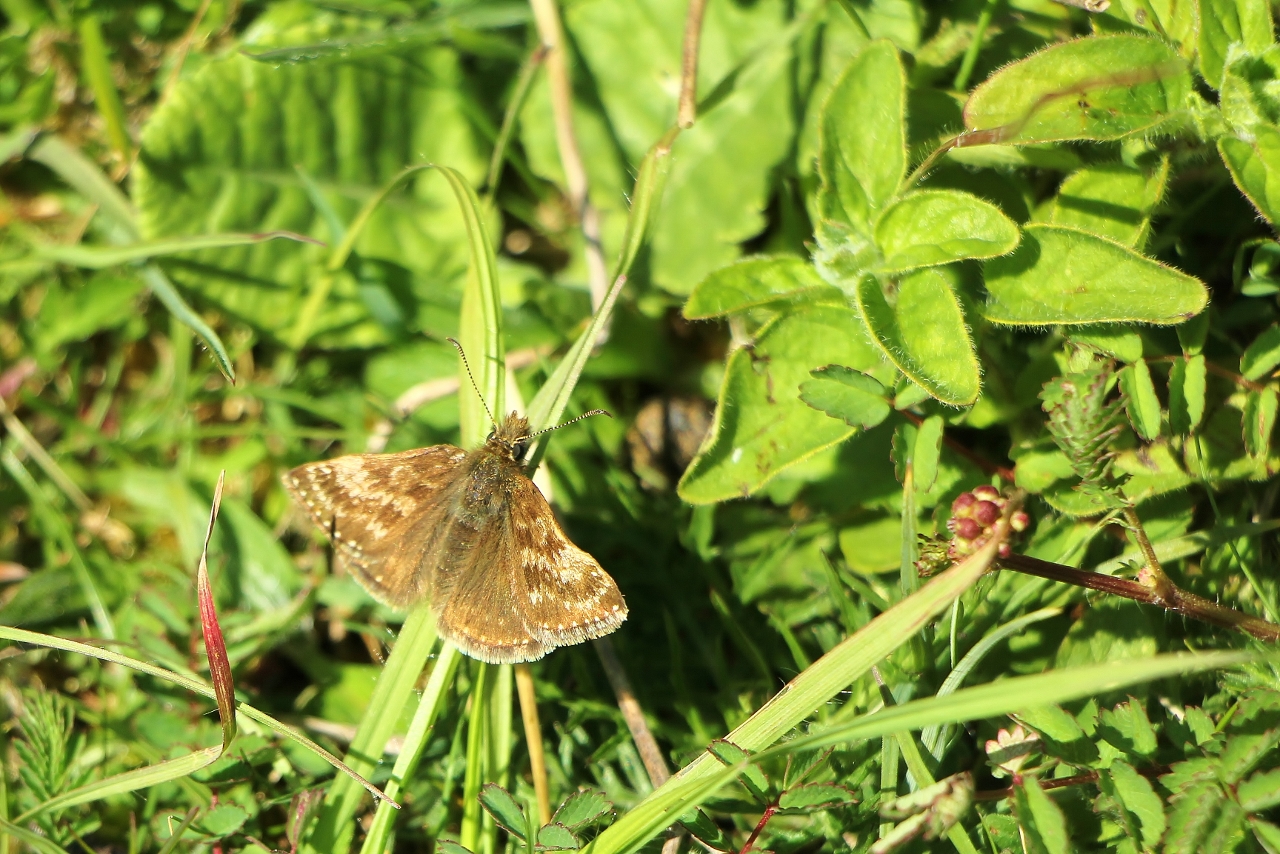
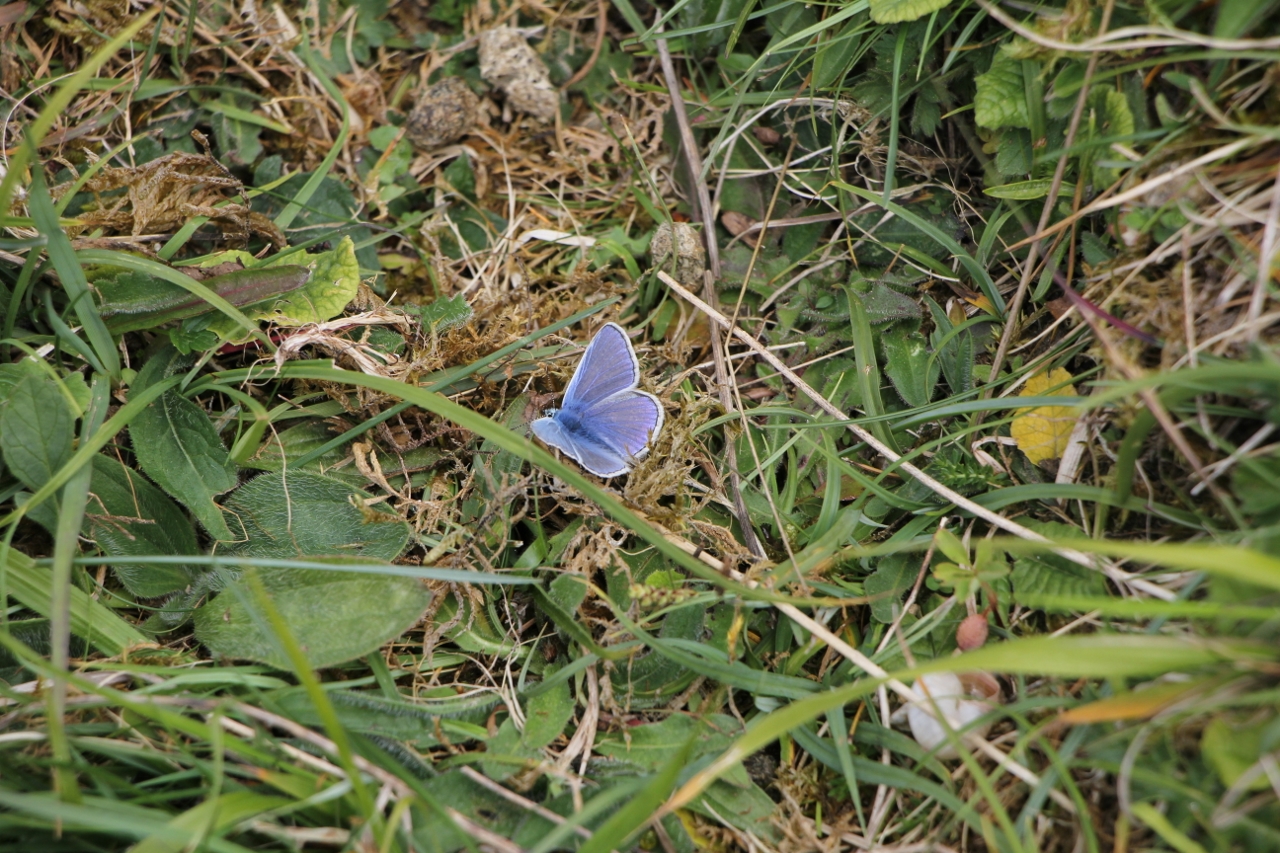

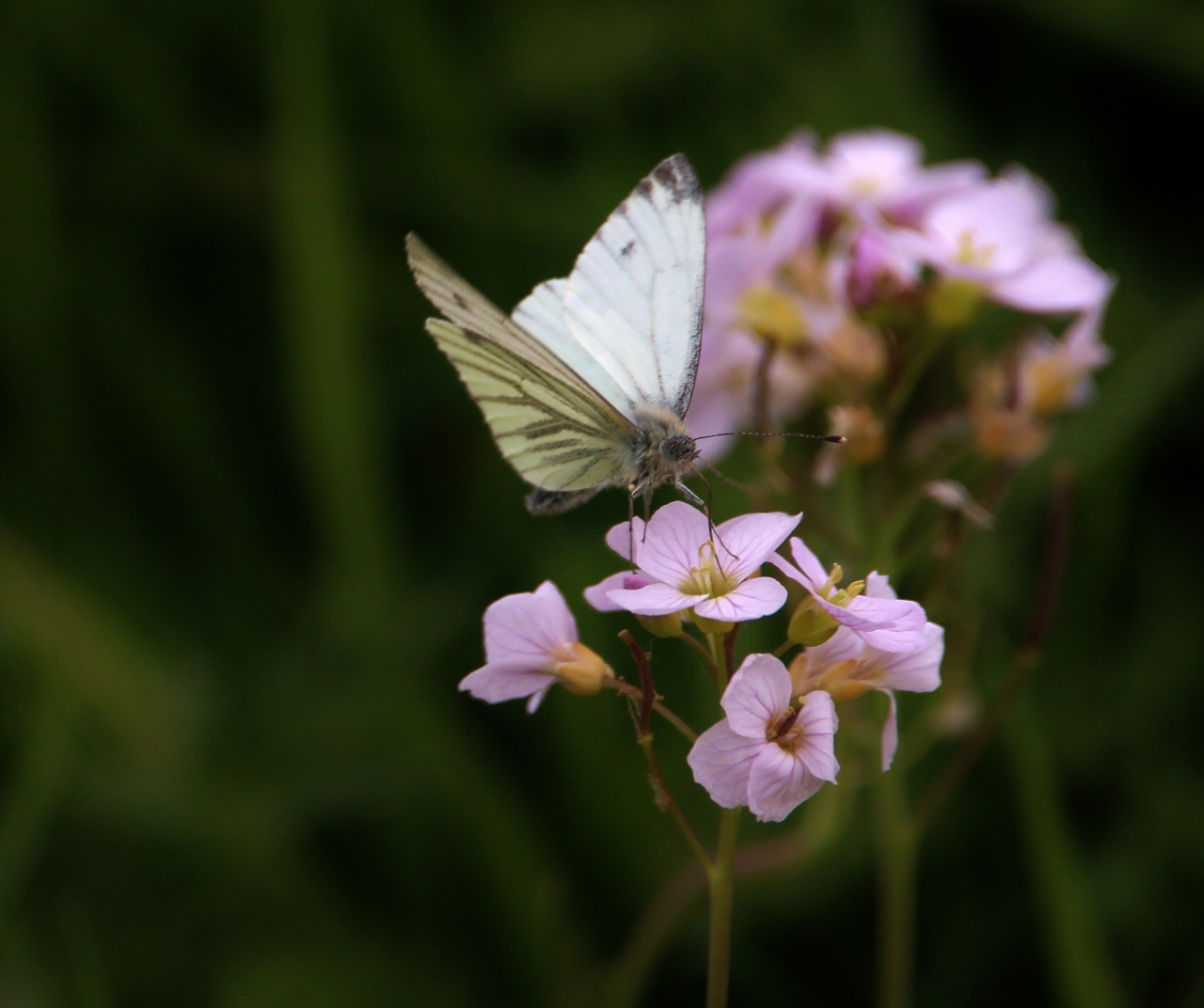
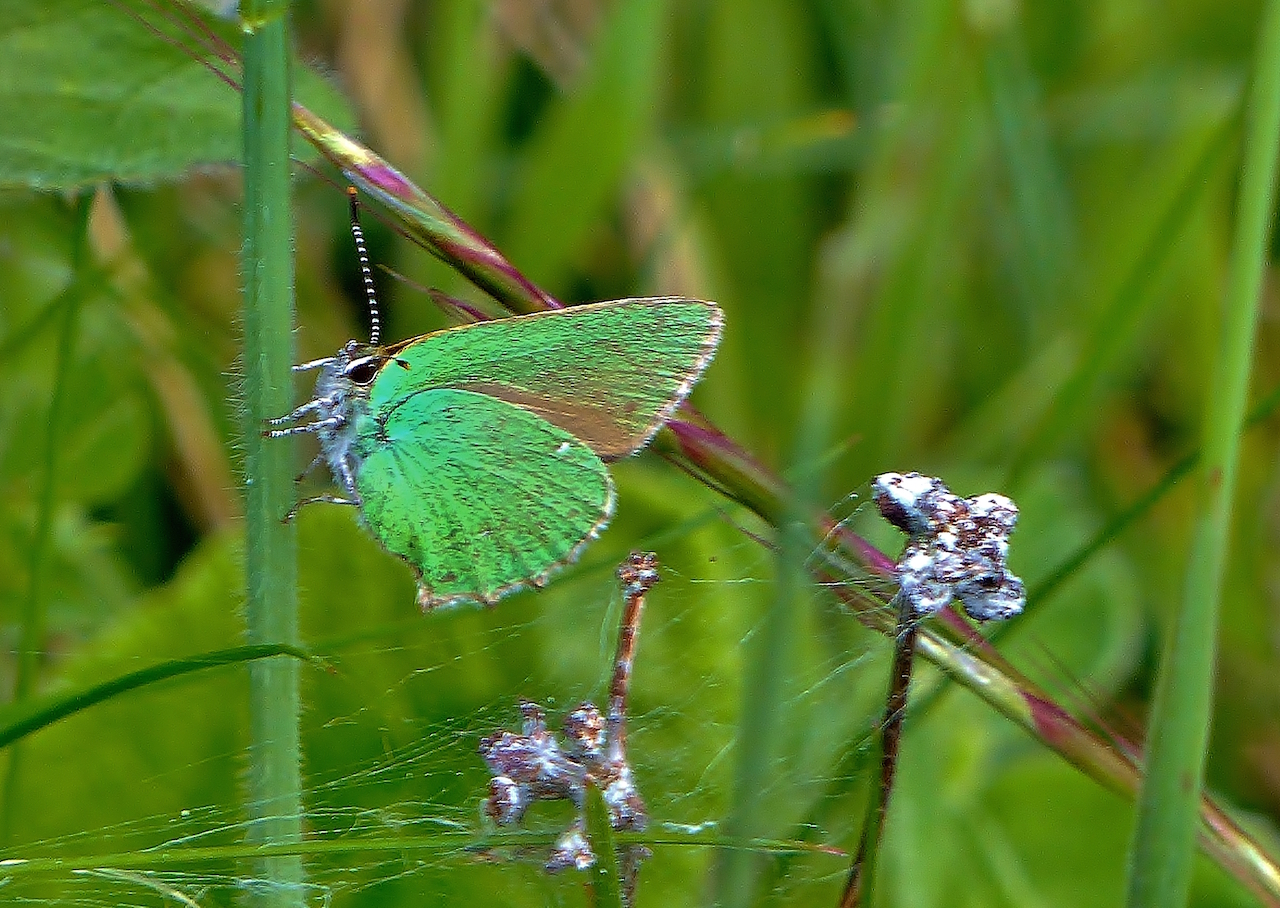
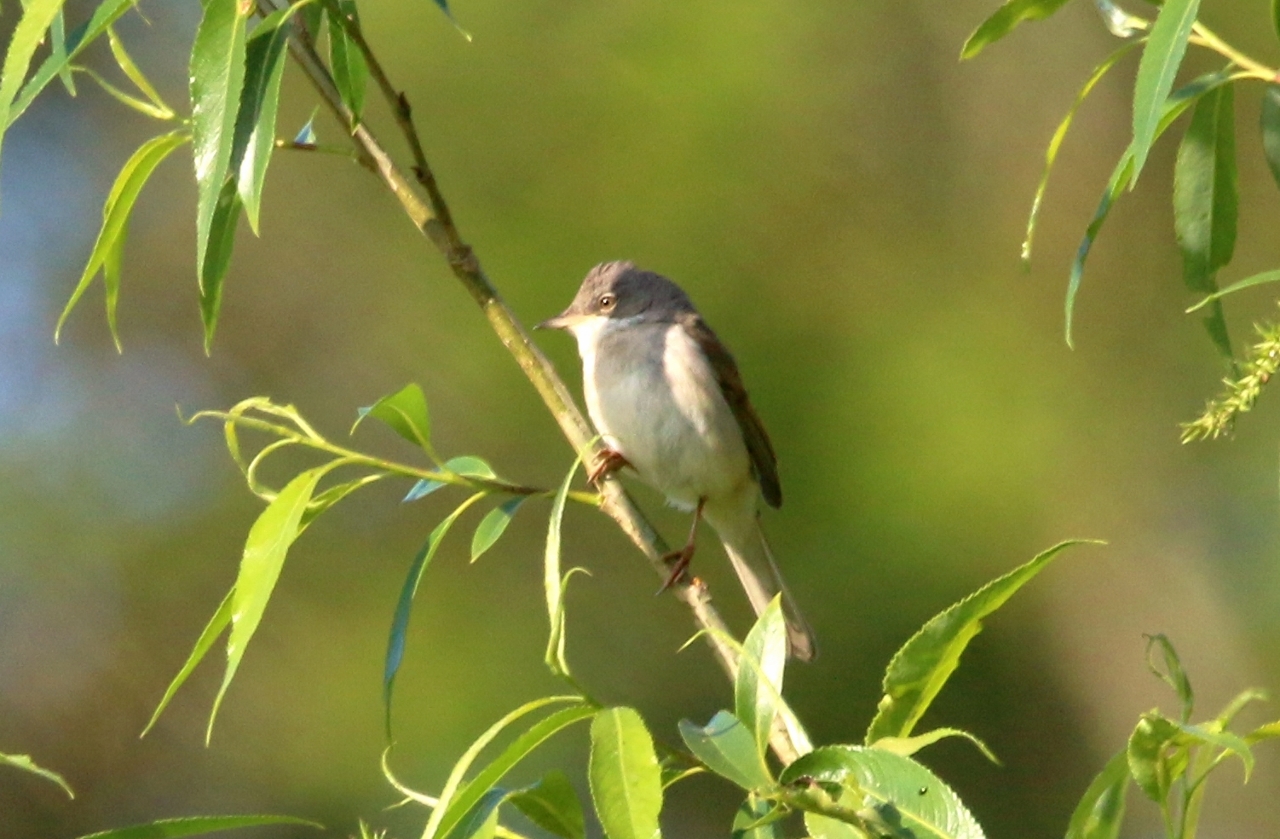
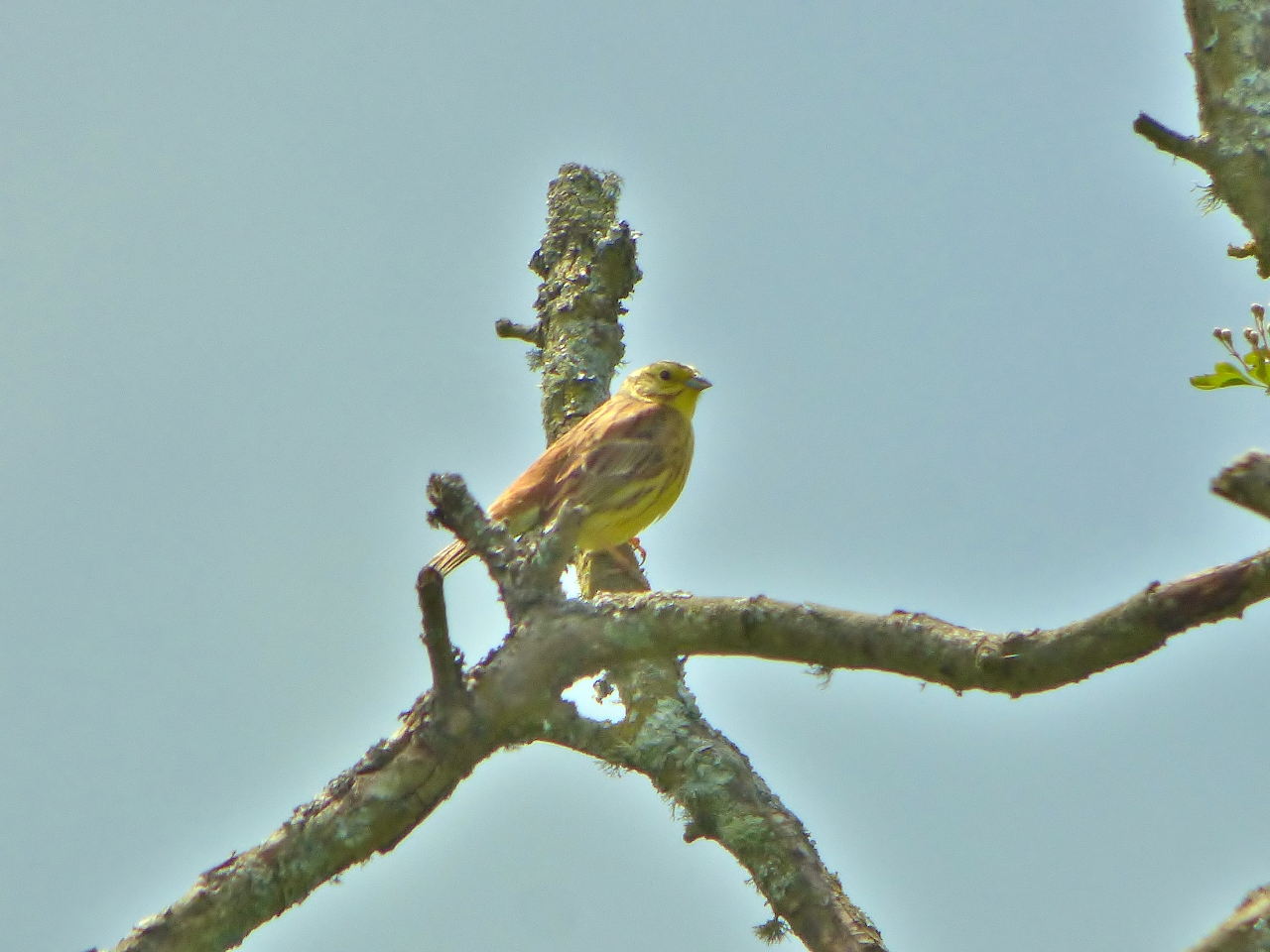
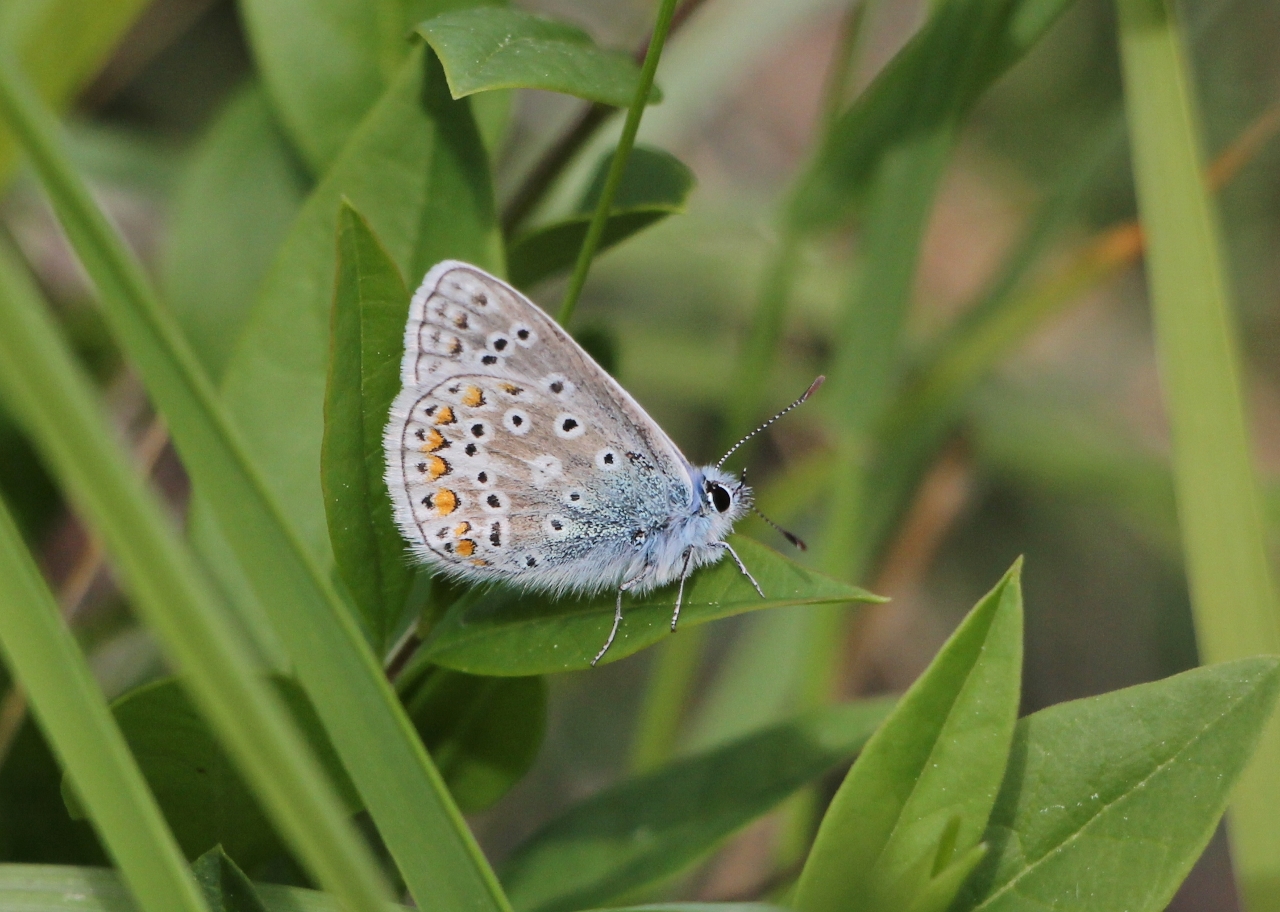
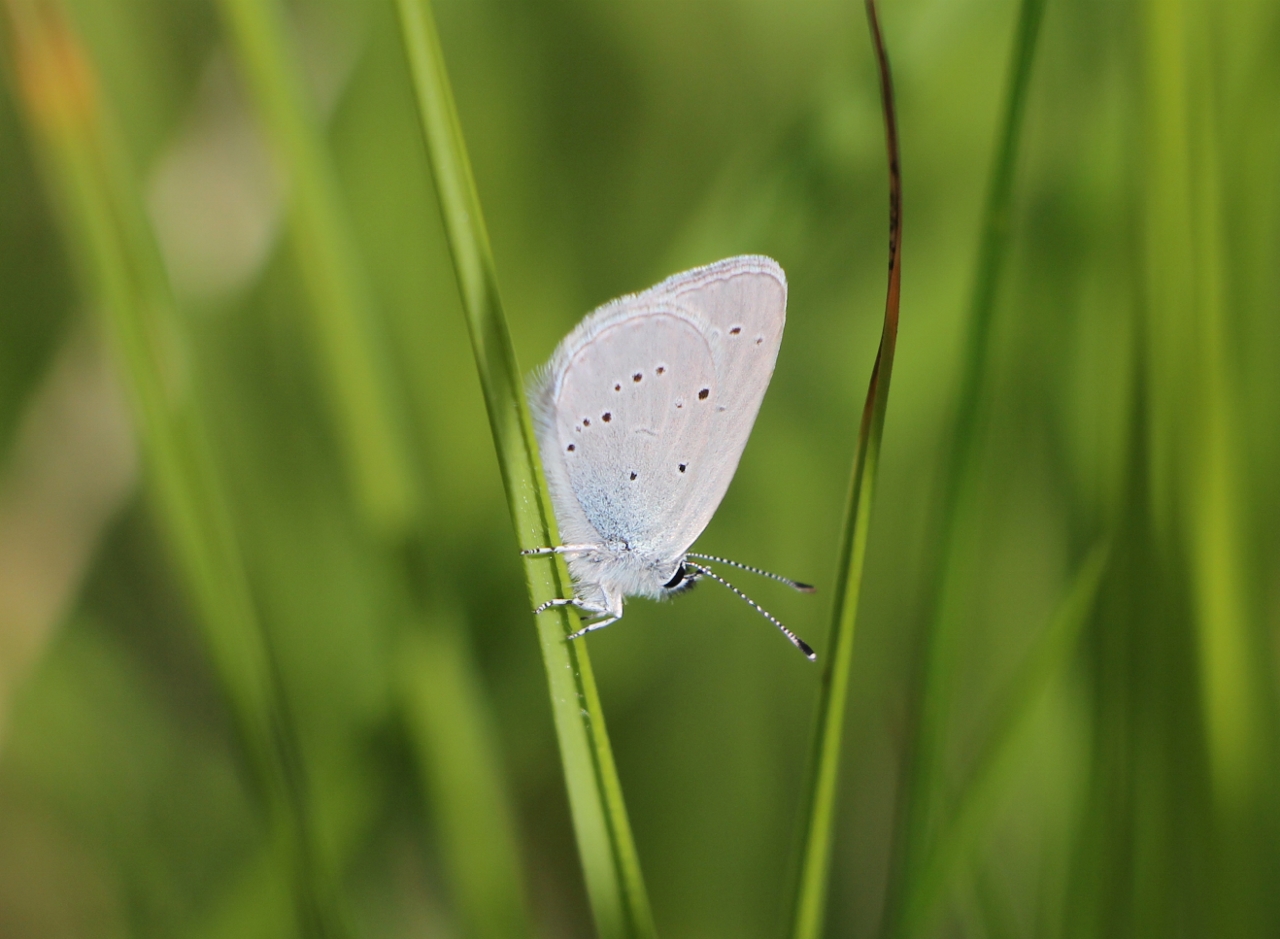


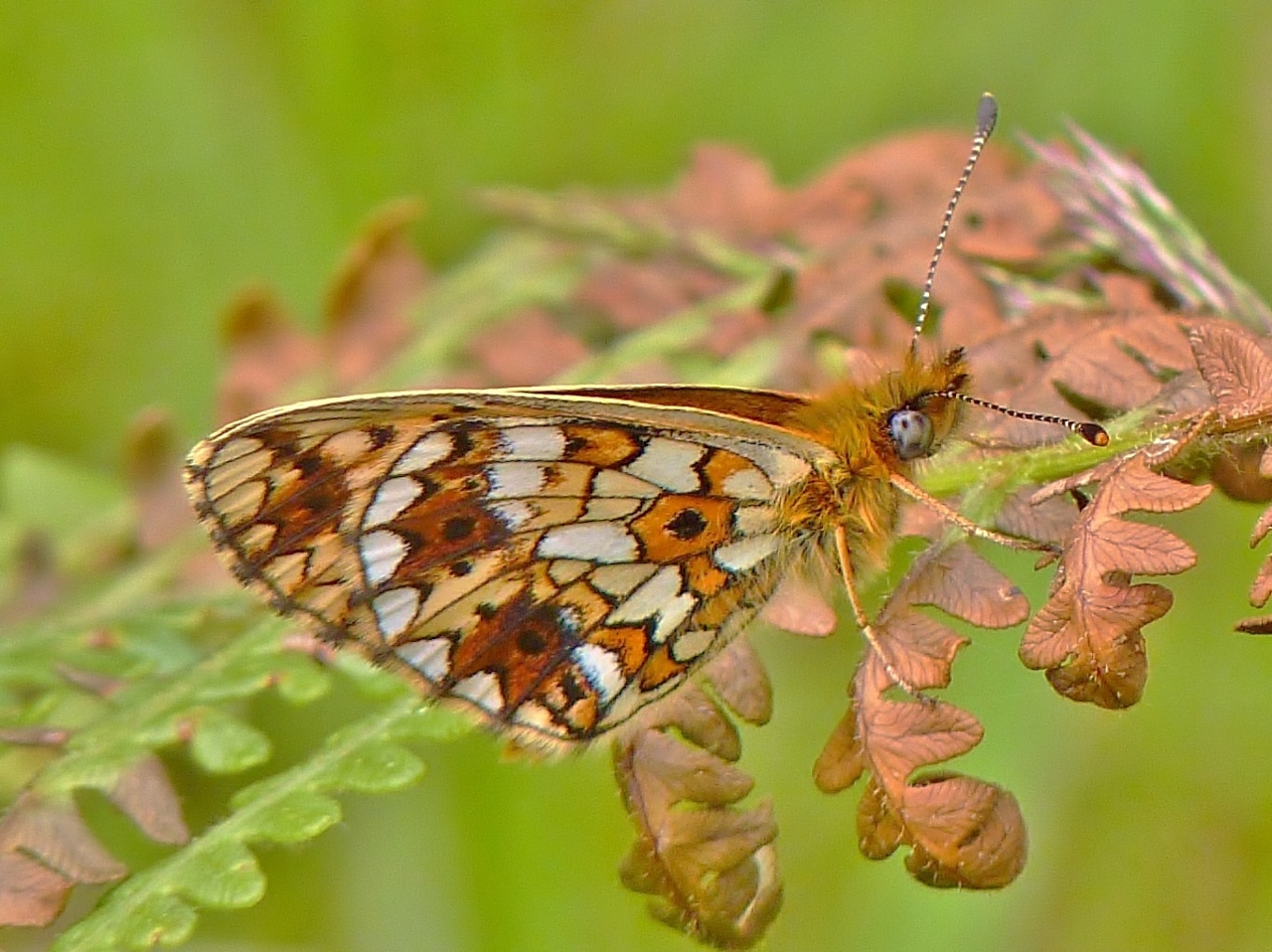
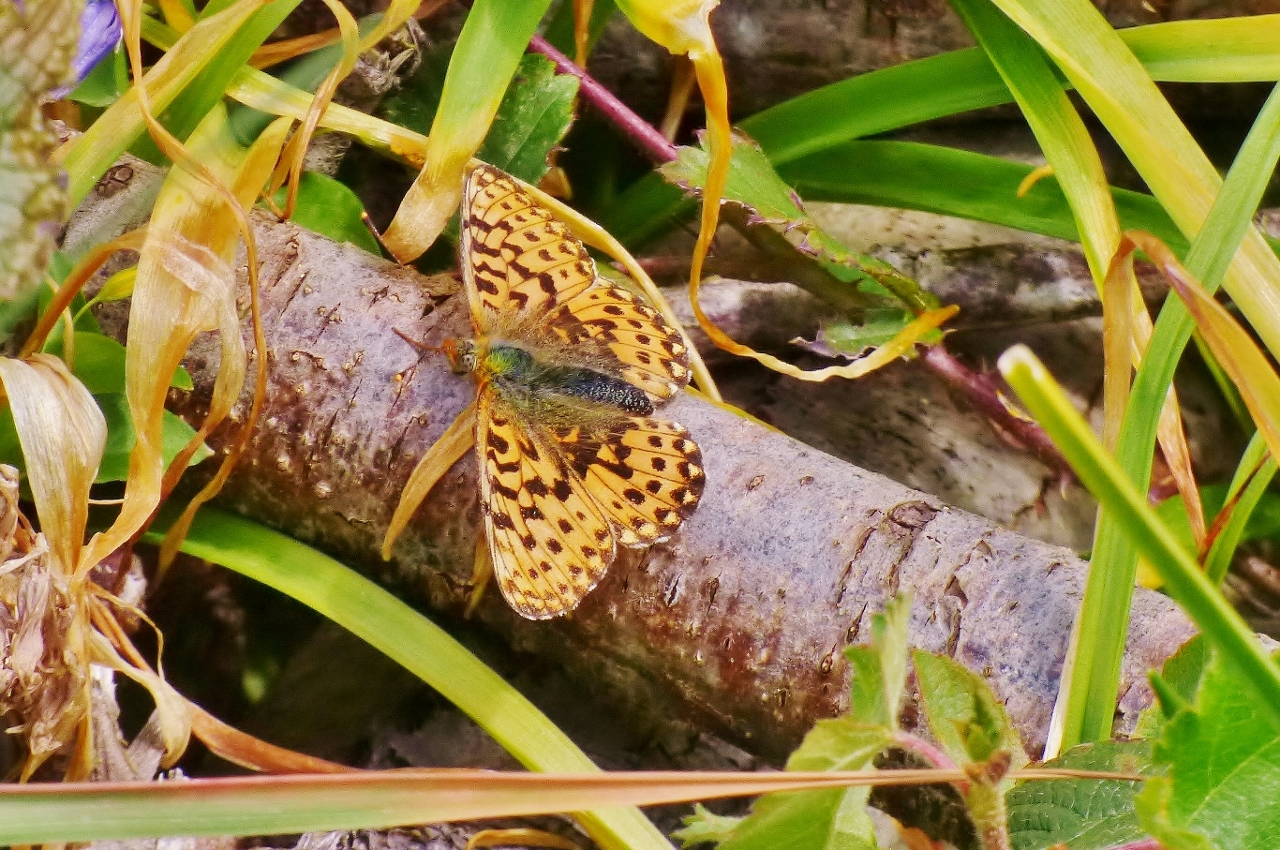
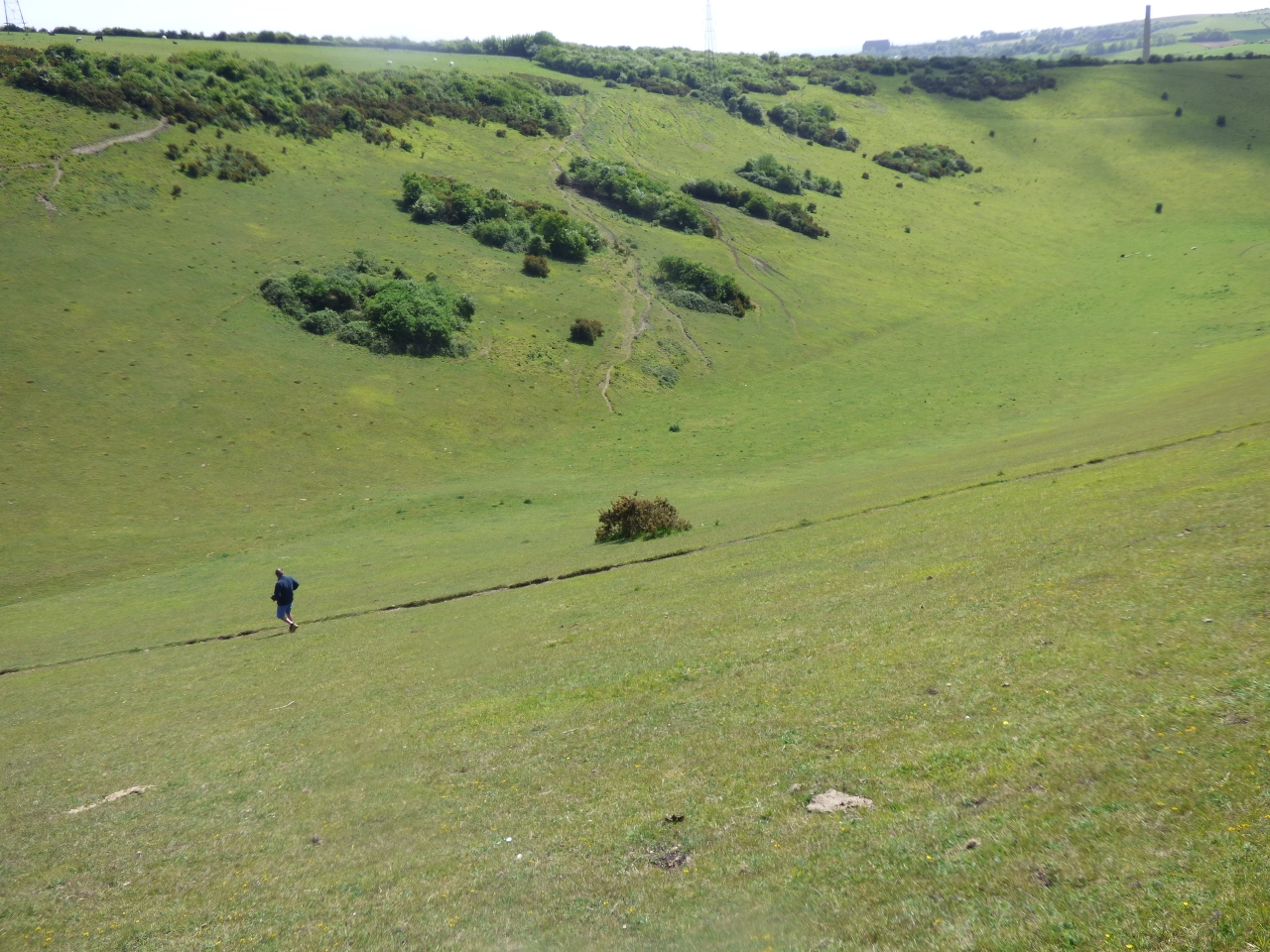


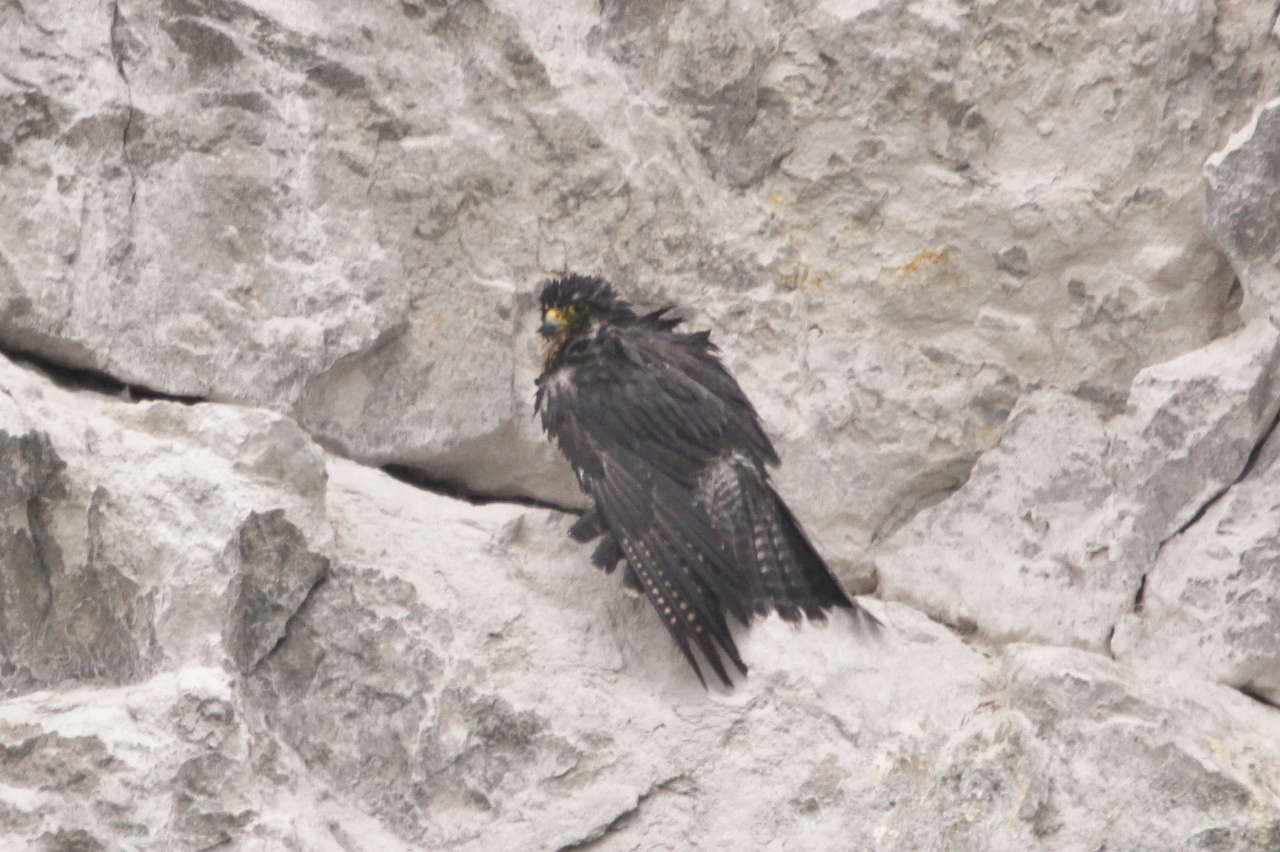
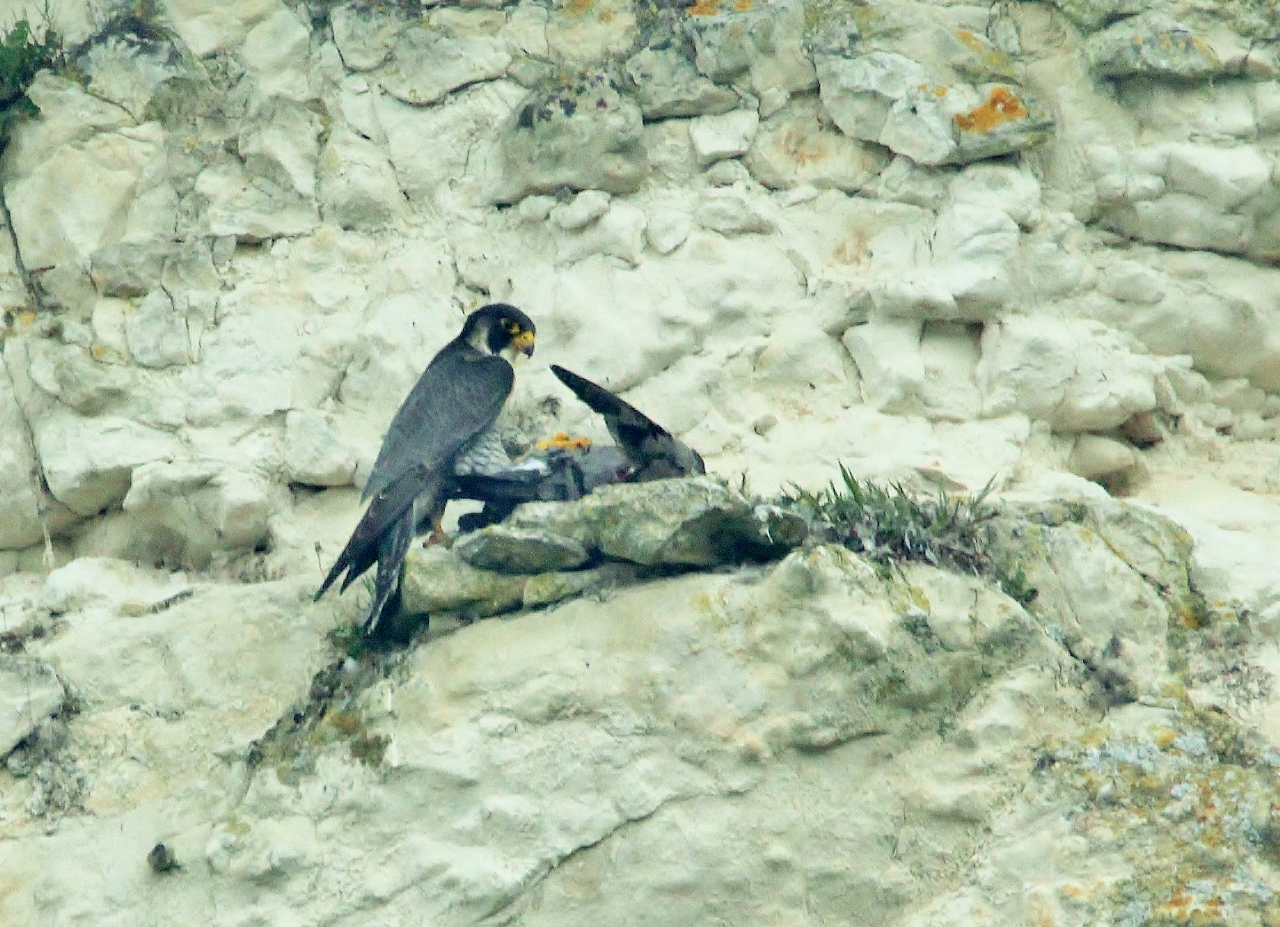
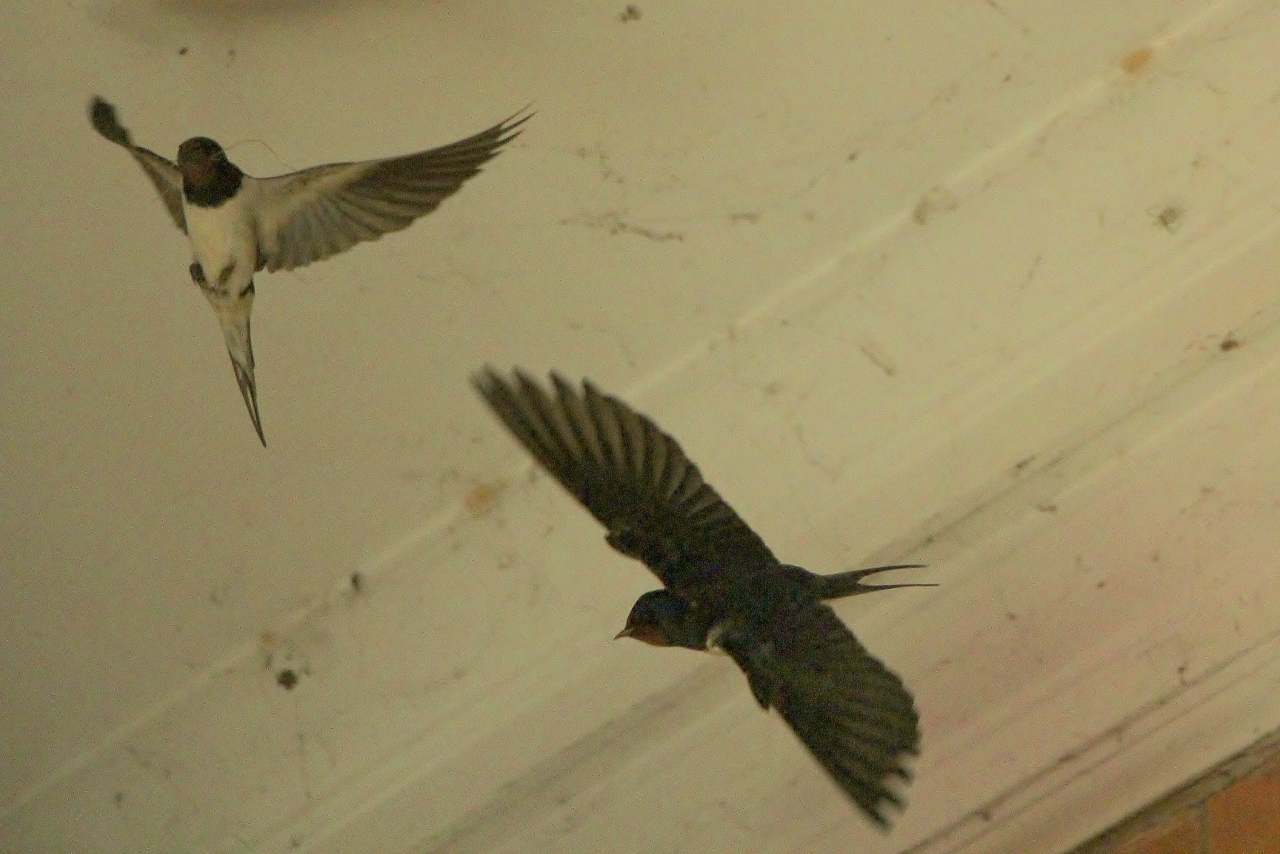
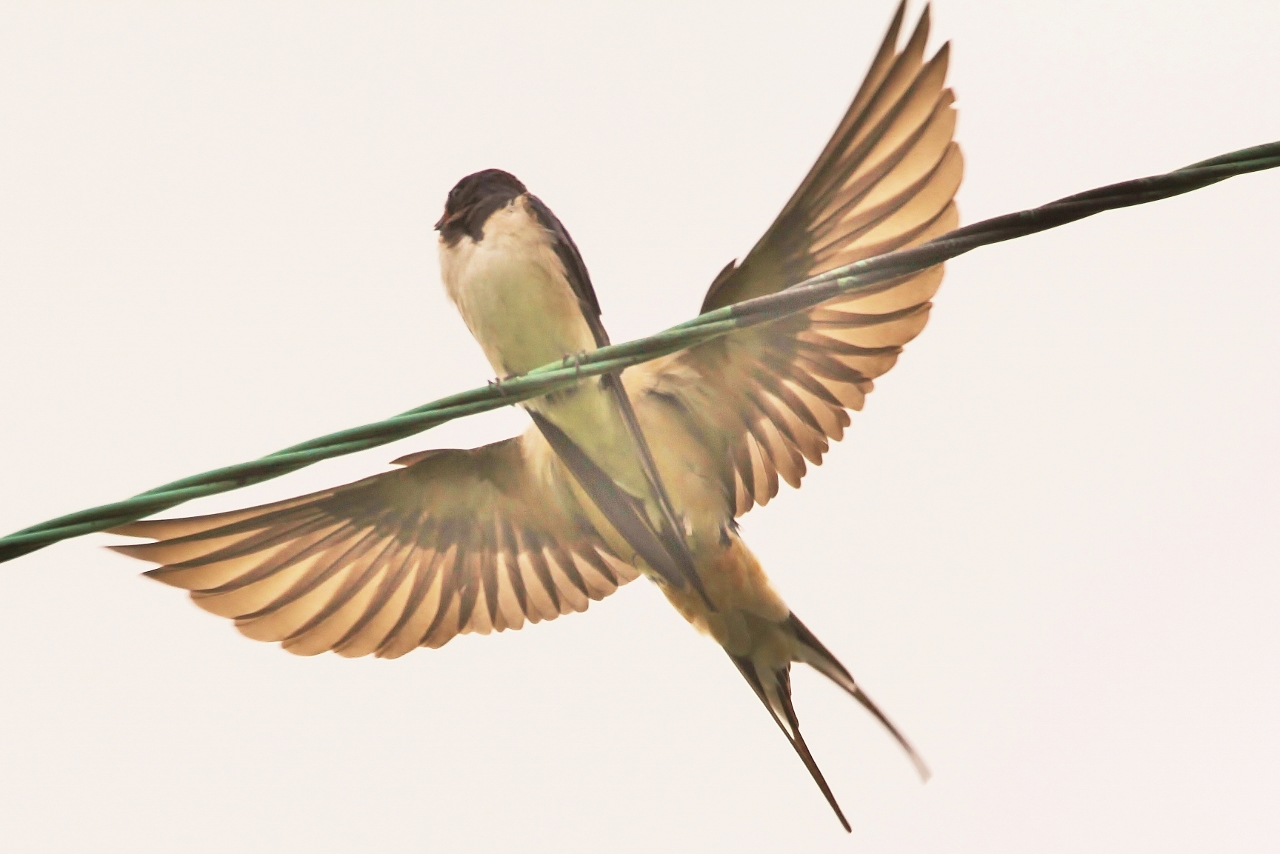








Gordon Bridger
May 29, 2017 at 7:00 pm
What splendid collection of photos – we are lucky to have such talent freely available.
Any chance of some photos of Dartford warblers, nightjars and woodlarks on Whitmoor Common? Natural England identified only two nests, just outside the boundary, in 2016, only two Dartford warblers’ nests and no woodlarks.
I am sure there must be some which Malcolm Fincham could find.
Is a nightjar only visible at night?
Harry Eve
June 3, 2017 at 9:17 am
If Mr Bridger would like to visit the RSPB Guildford Group website he will find that they have an organised walk to see Nightjars at Blackheath on 7th July. The walk begins at 8.45pm so it should be a wonderful crepuscular experience – weather permitting: http://www.rspbguildford.org.uk/events/walks
Other walks are also available and there is one on 17th June organised by the Surrey Bird Club:
http://www.surreybirdclub.org.uk/events.html
I went on a similar walk many years ago in Kent and, although the Nightjars were the star attraction, they were preceded by a Woodcock on its roding (display) flight followed by glow-worm spotting. I should add that wildlife walks do not come with guarantees.
Malcolm Fincham
June 1, 2017 at 11:59 pm
I thank Gordon Bridger kindly for his compliments on my wildlife reporting and photos.
Although I restrain from information about breeding bird locations at this time of the year, I will be doing some research within the area of Whitmoor Common in the coming weeks, in the hope of some sightings (and pictures).
He will have to keep reading my reports for my results later in the year.
There are of course many other birds declining in number that rely on such habitats. Even lesser spotted woodpeckers and woodcocks have been reported there in recent years!
Nightjars are indeed nocturnal and so quite a challenge to photograph. I have recently managed to get a photo of one at dusk, in silouette, at an undisclosed location. I hope to show one in my next report.
Gordon Bridger
June 4, 2017 at 10:51 pm
Many thanks. I am puzzled why nightjars are an endangered species due to humans and dogs if they are only around at night